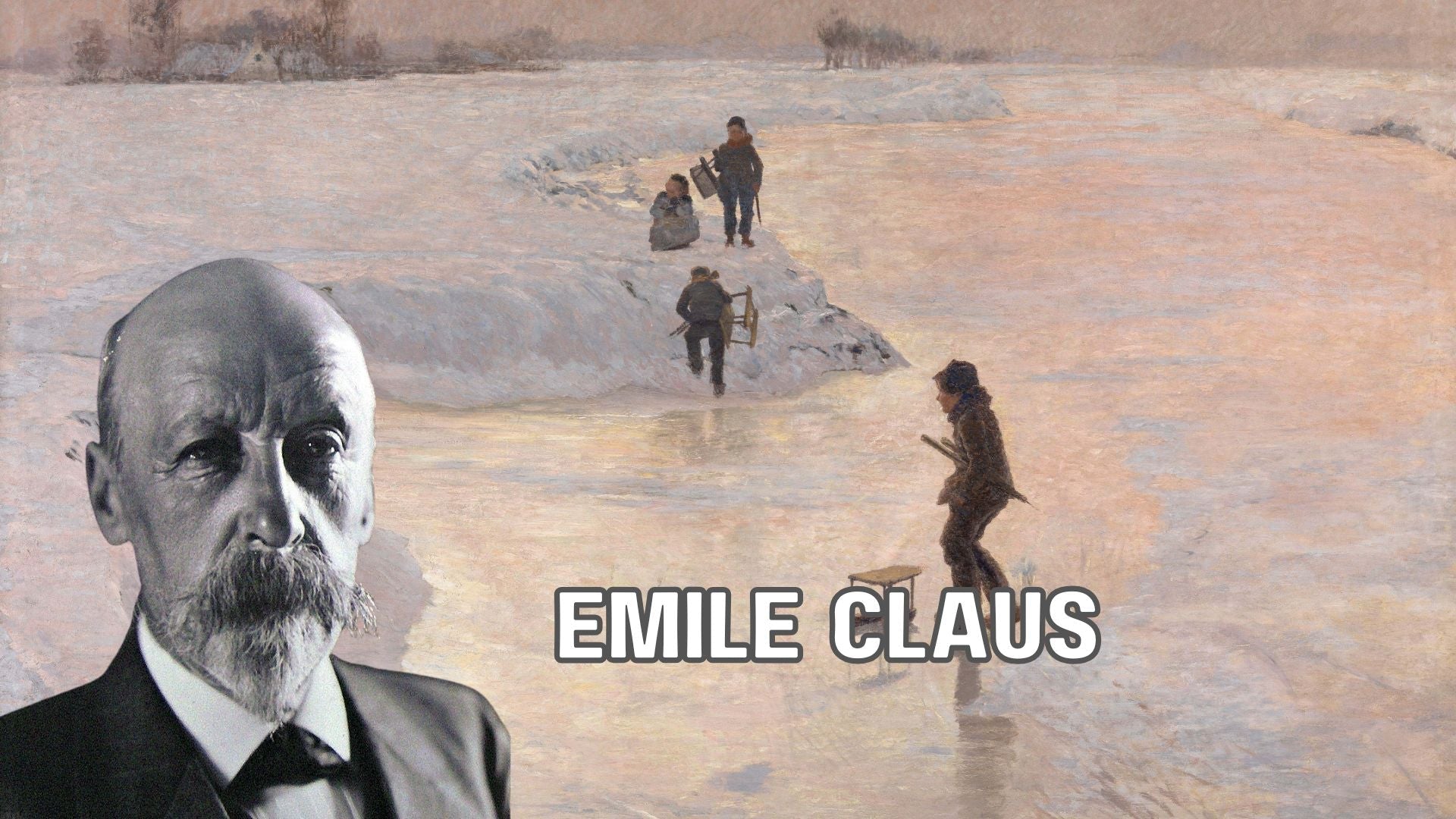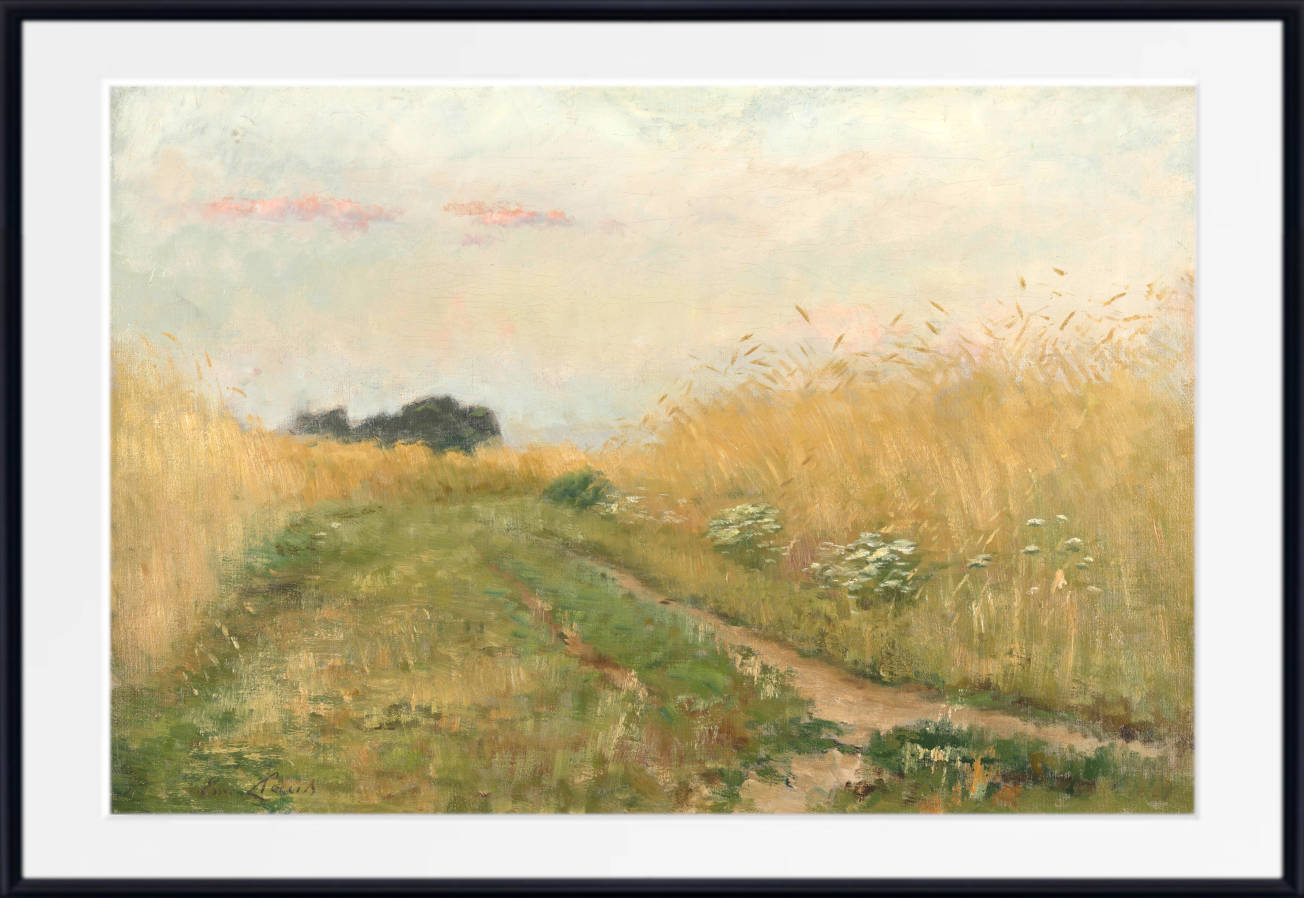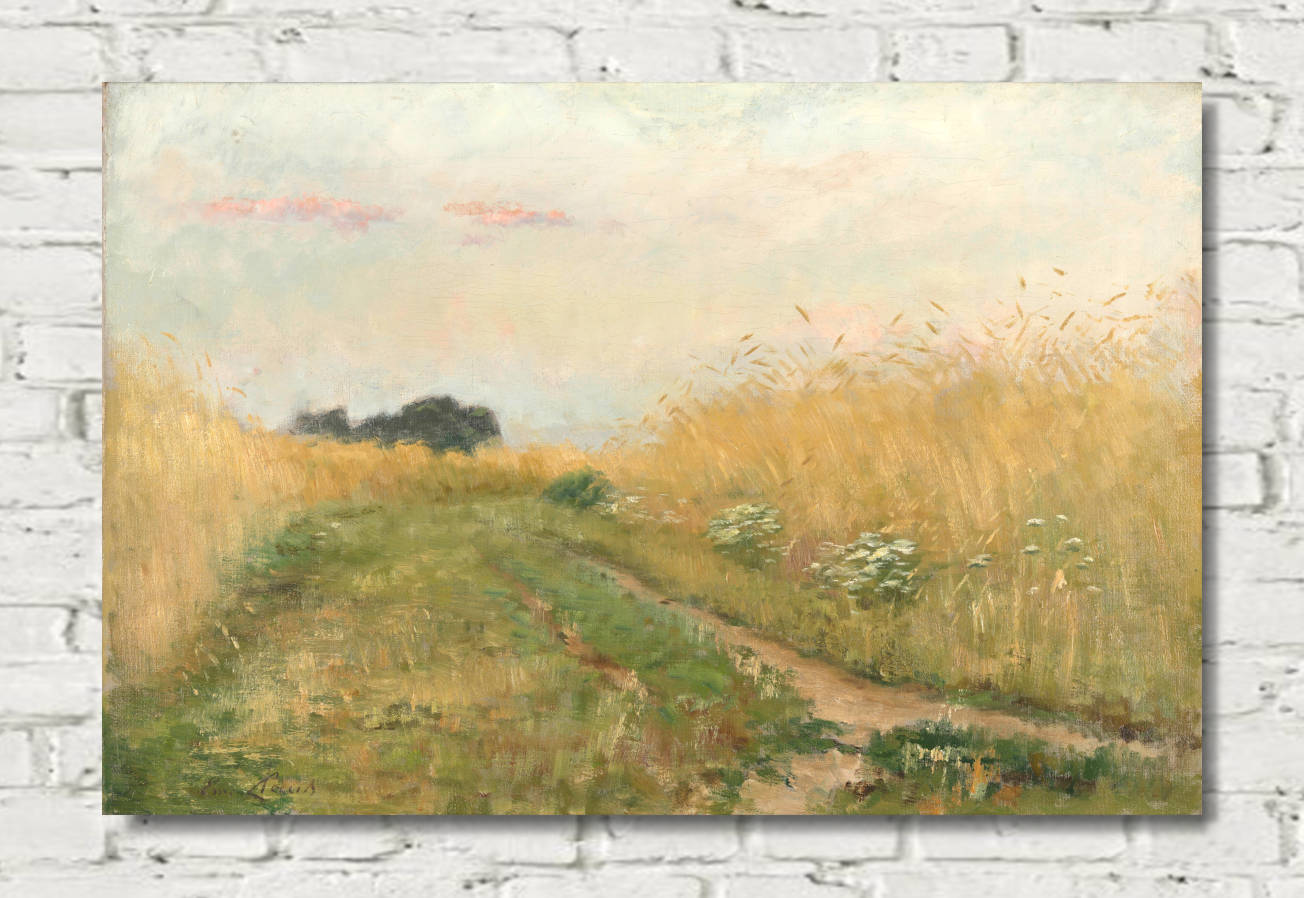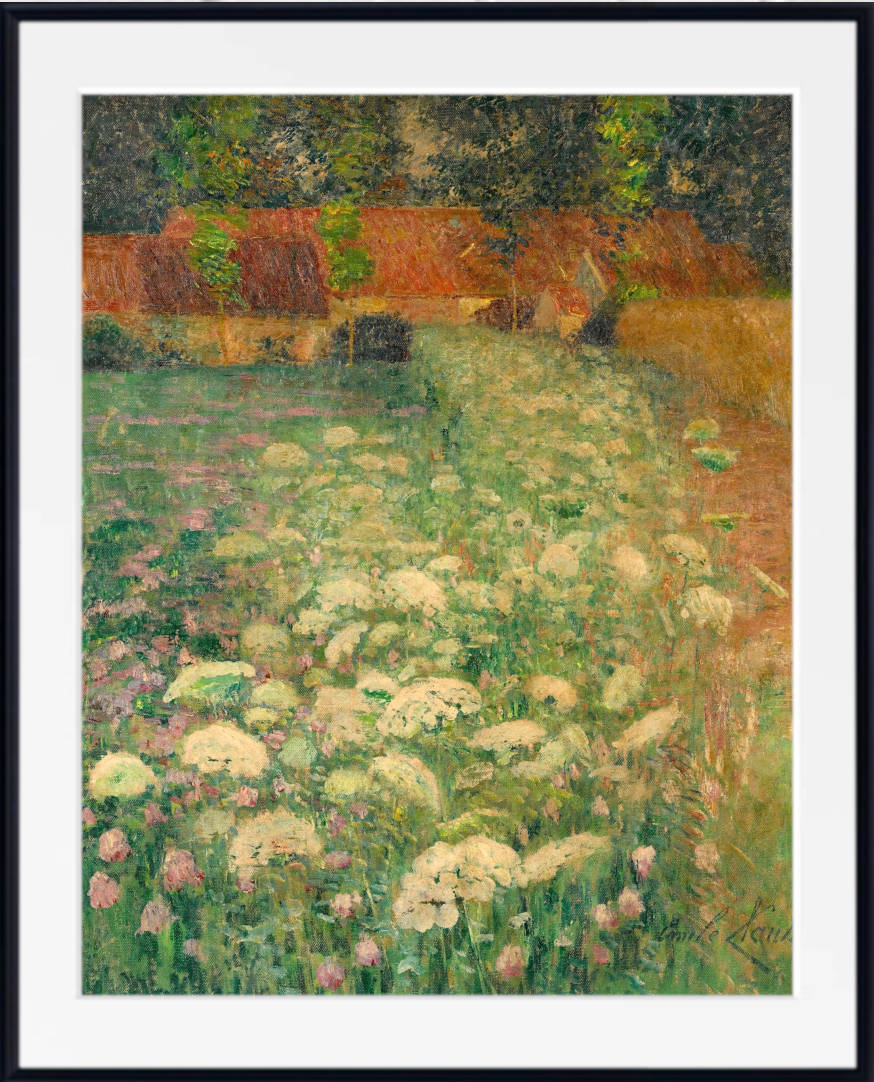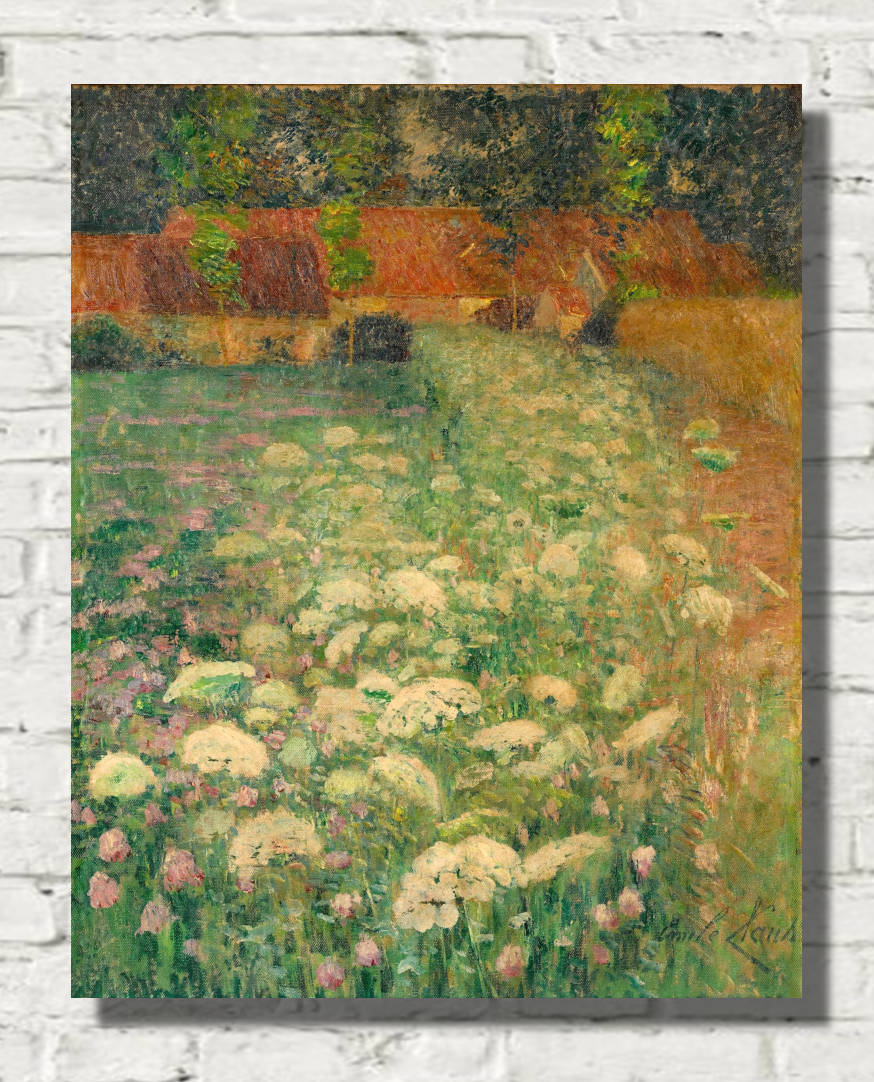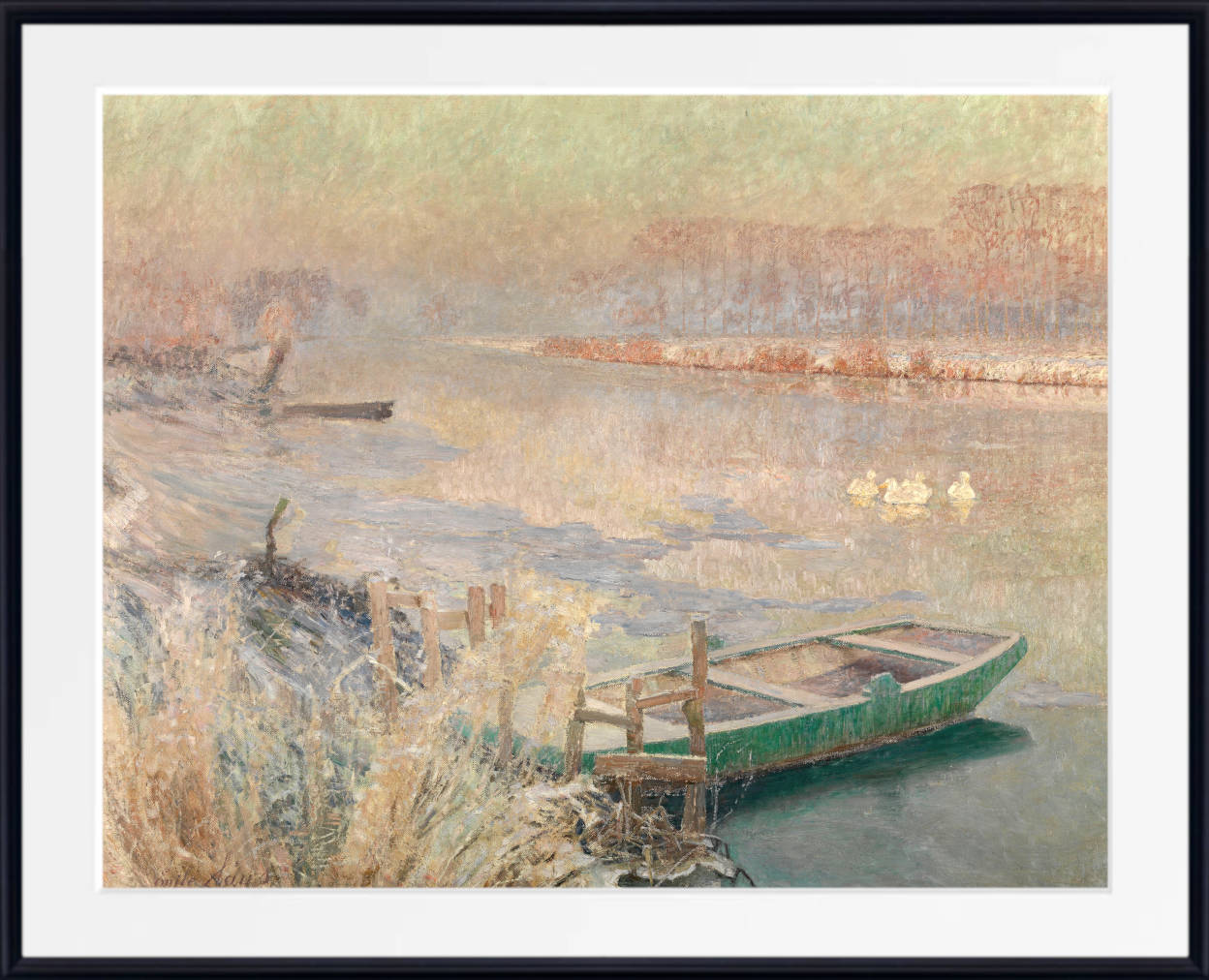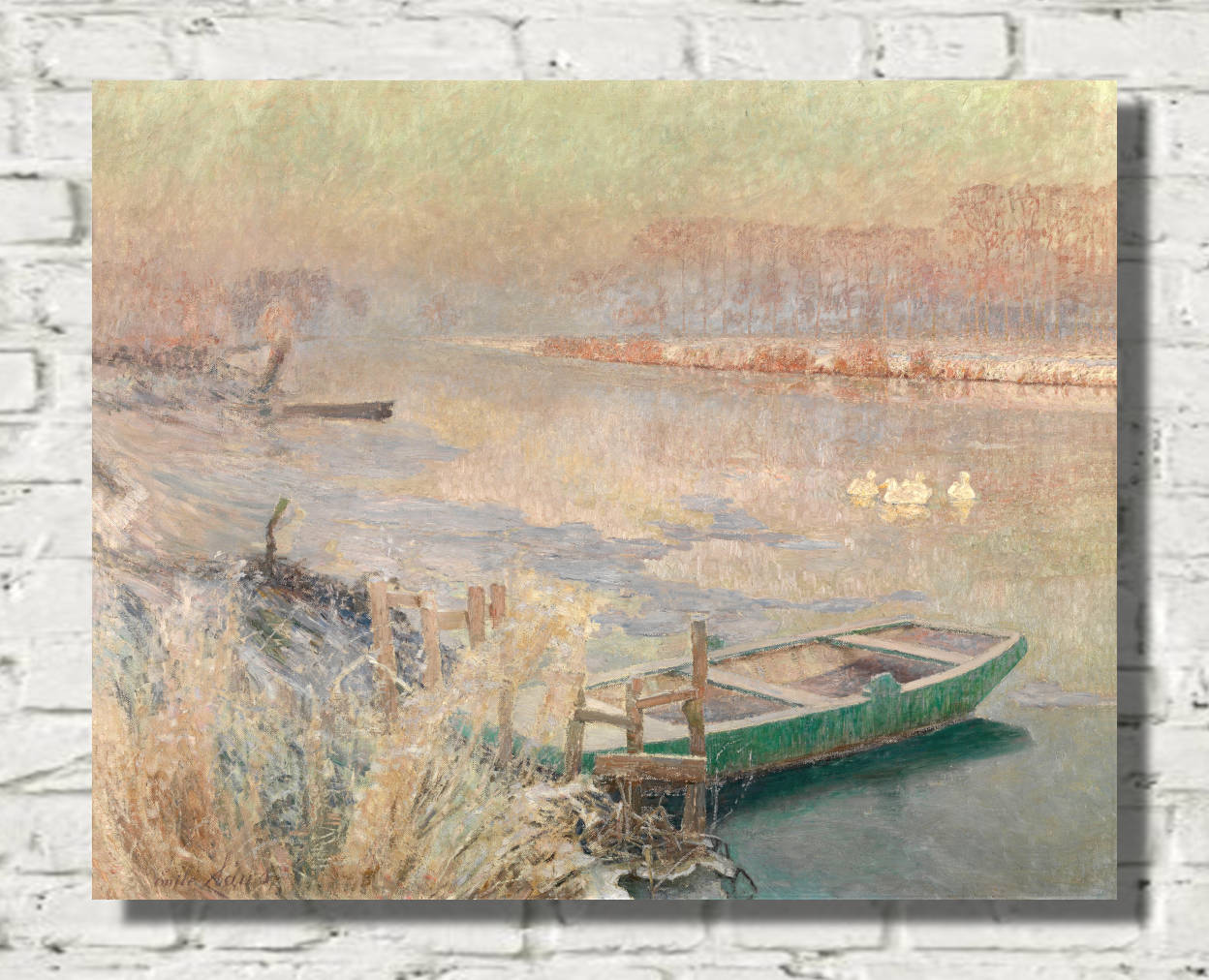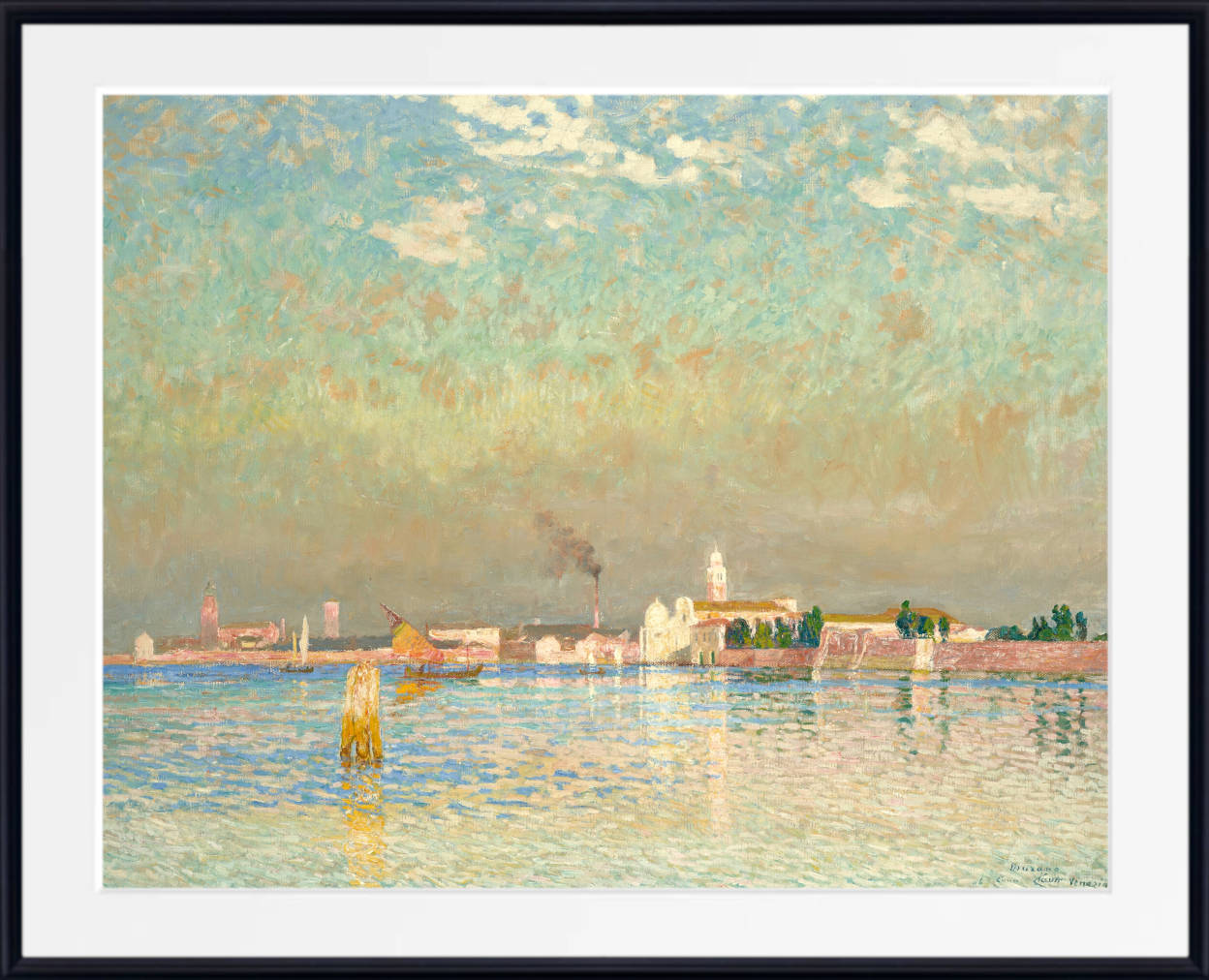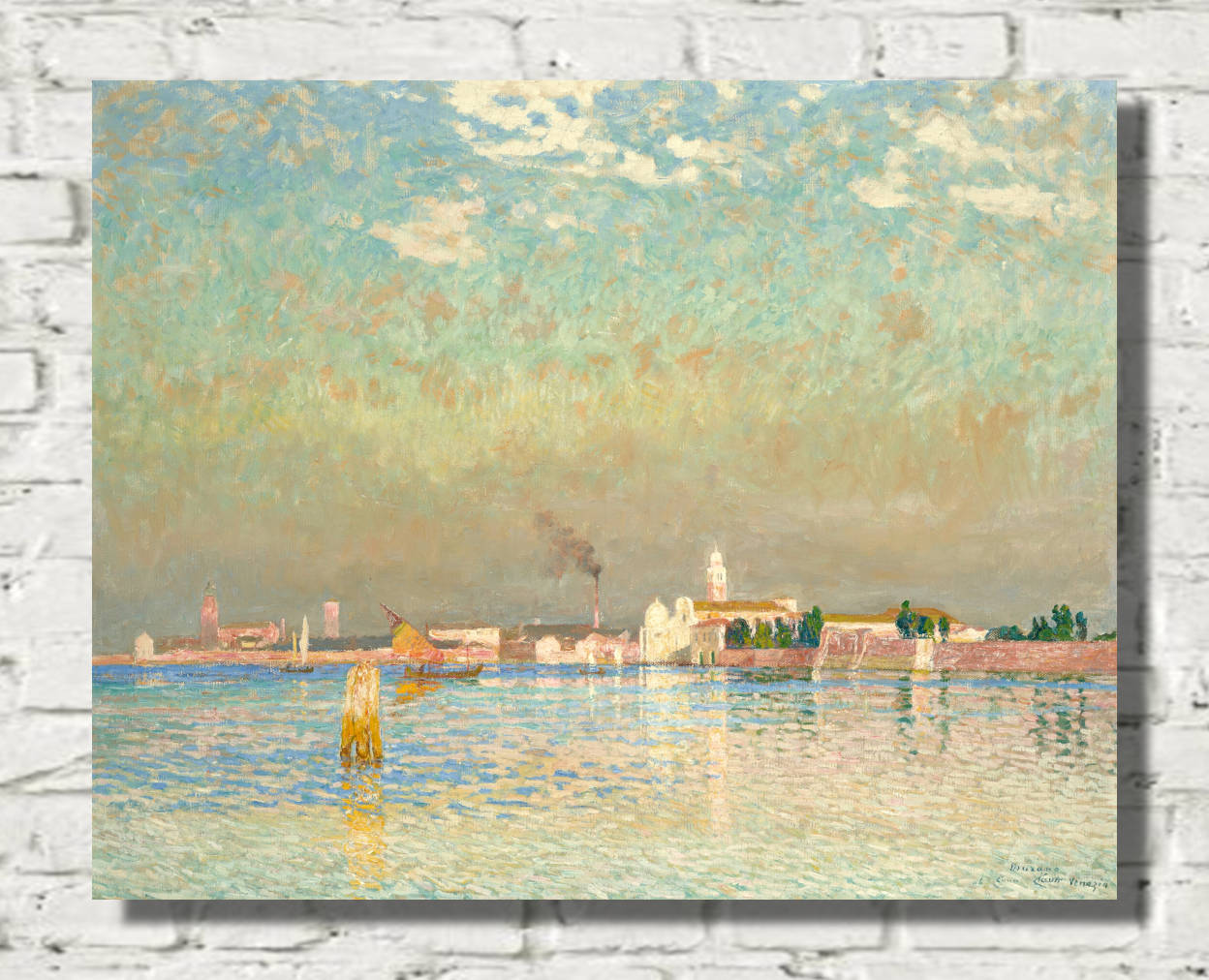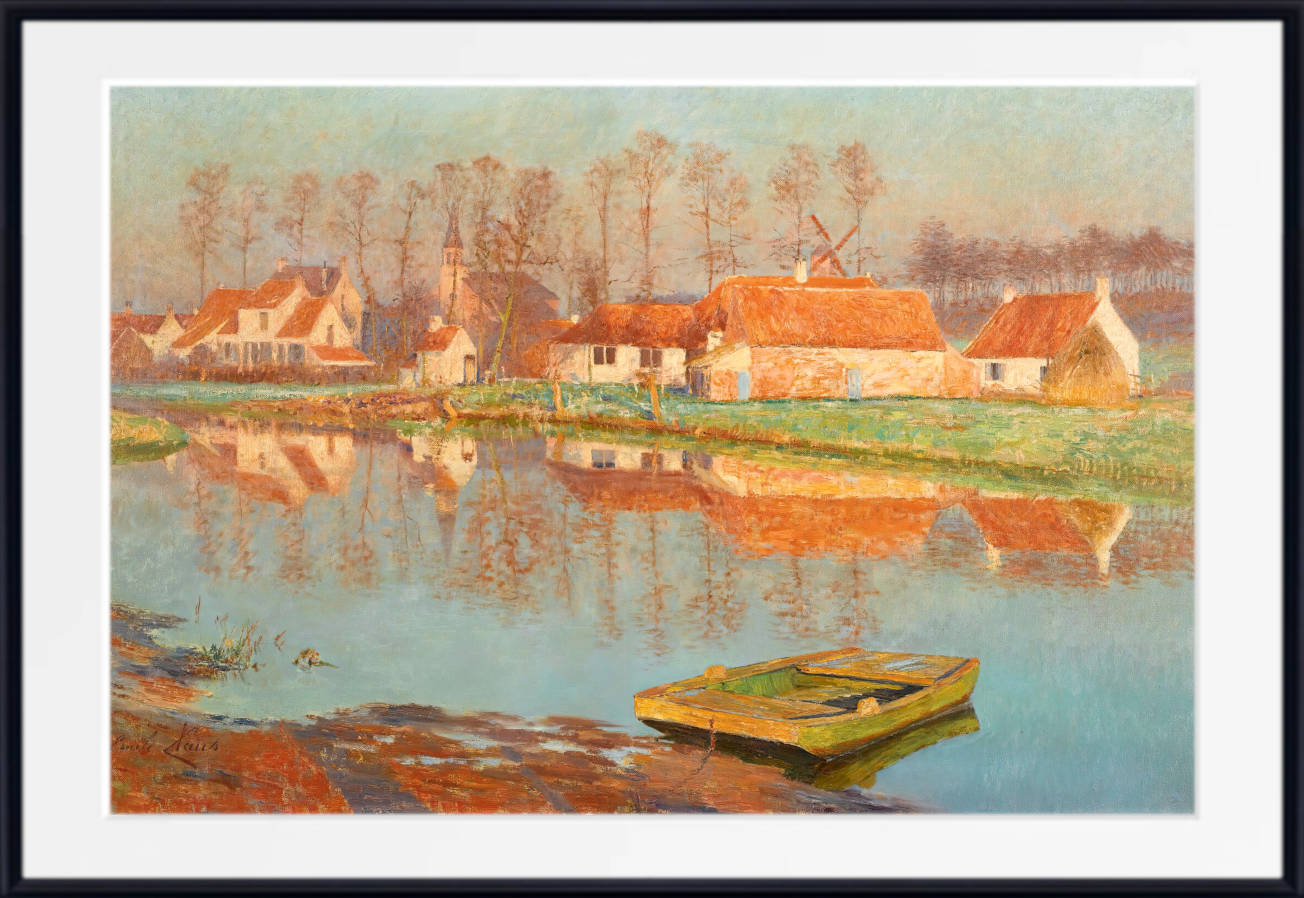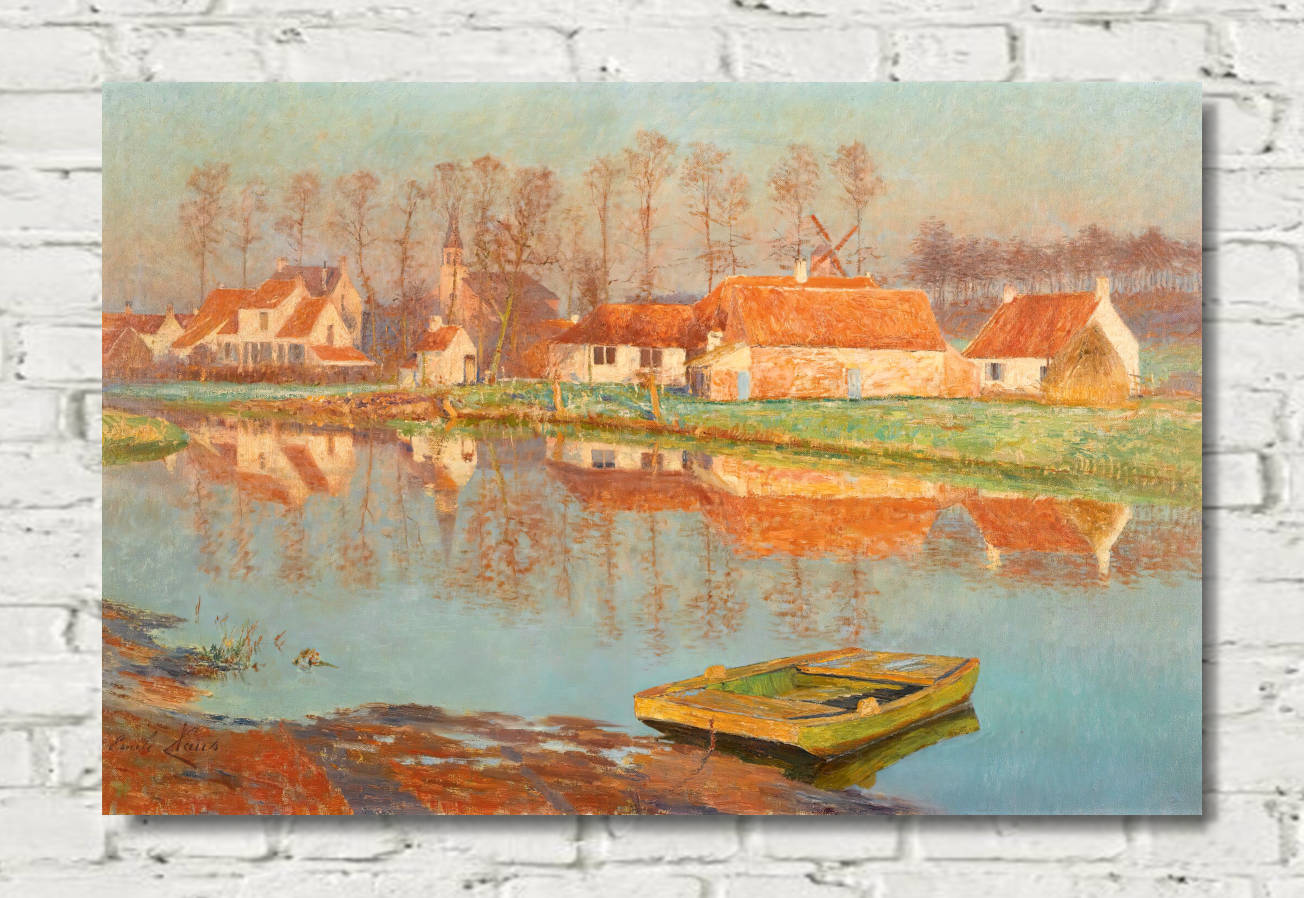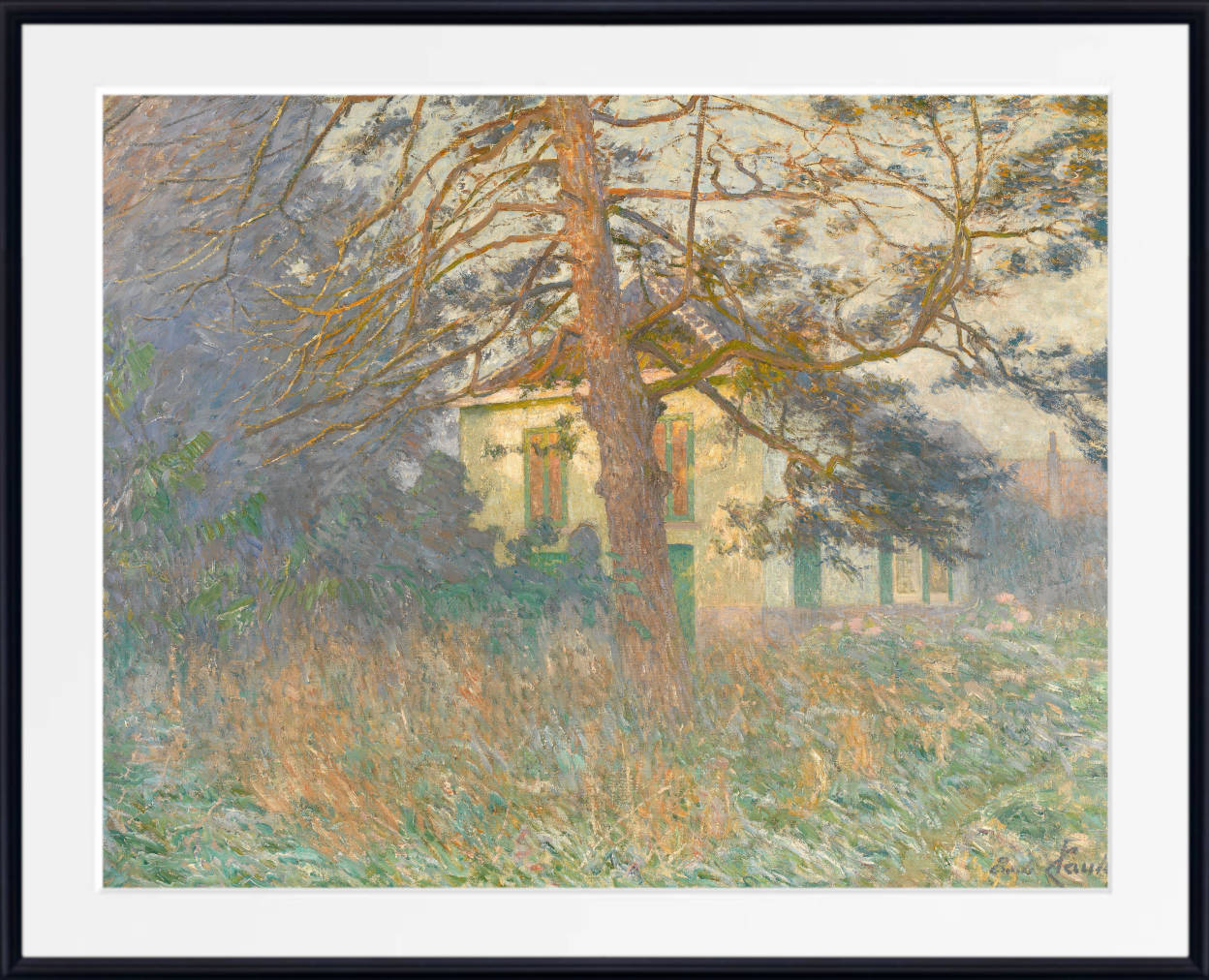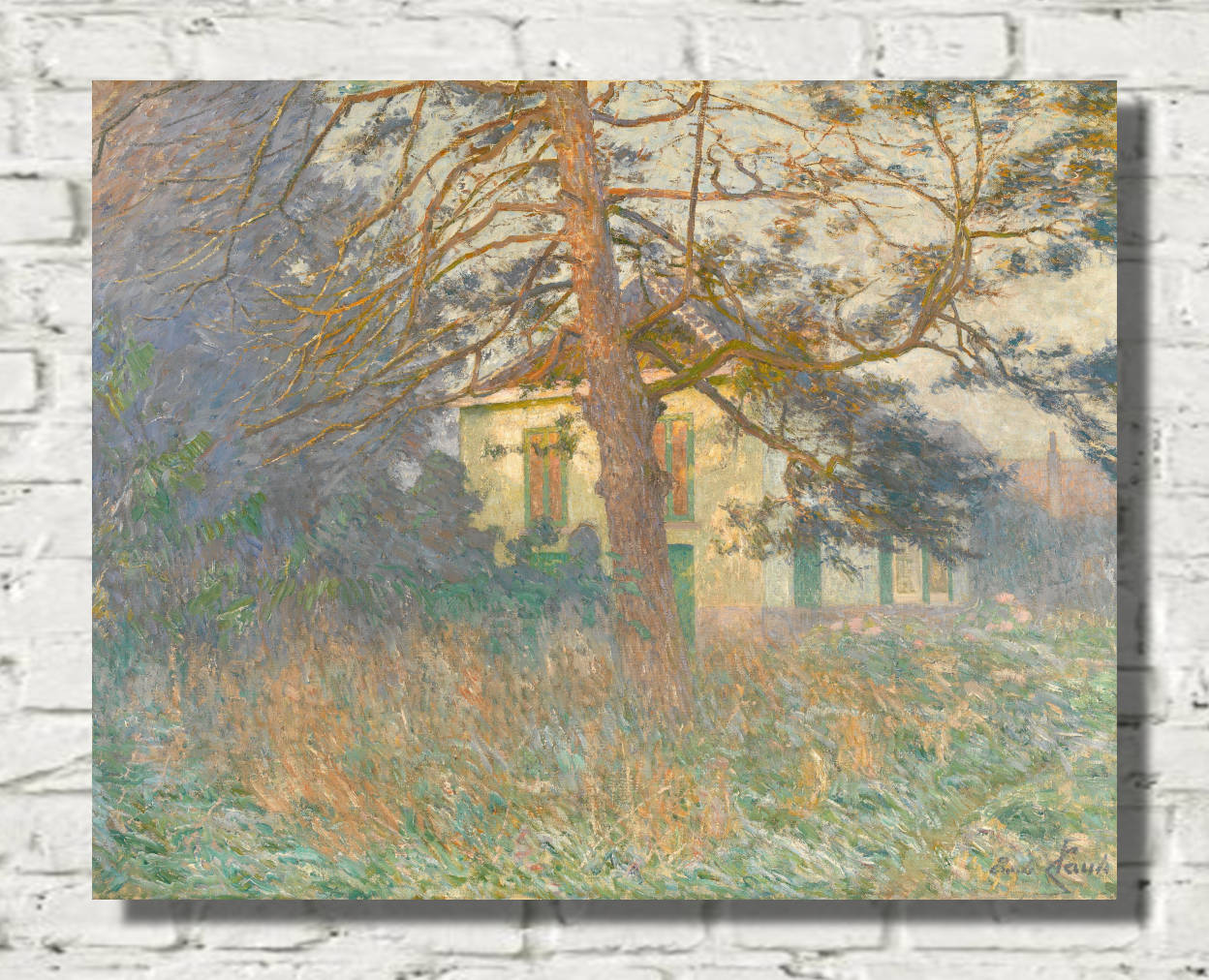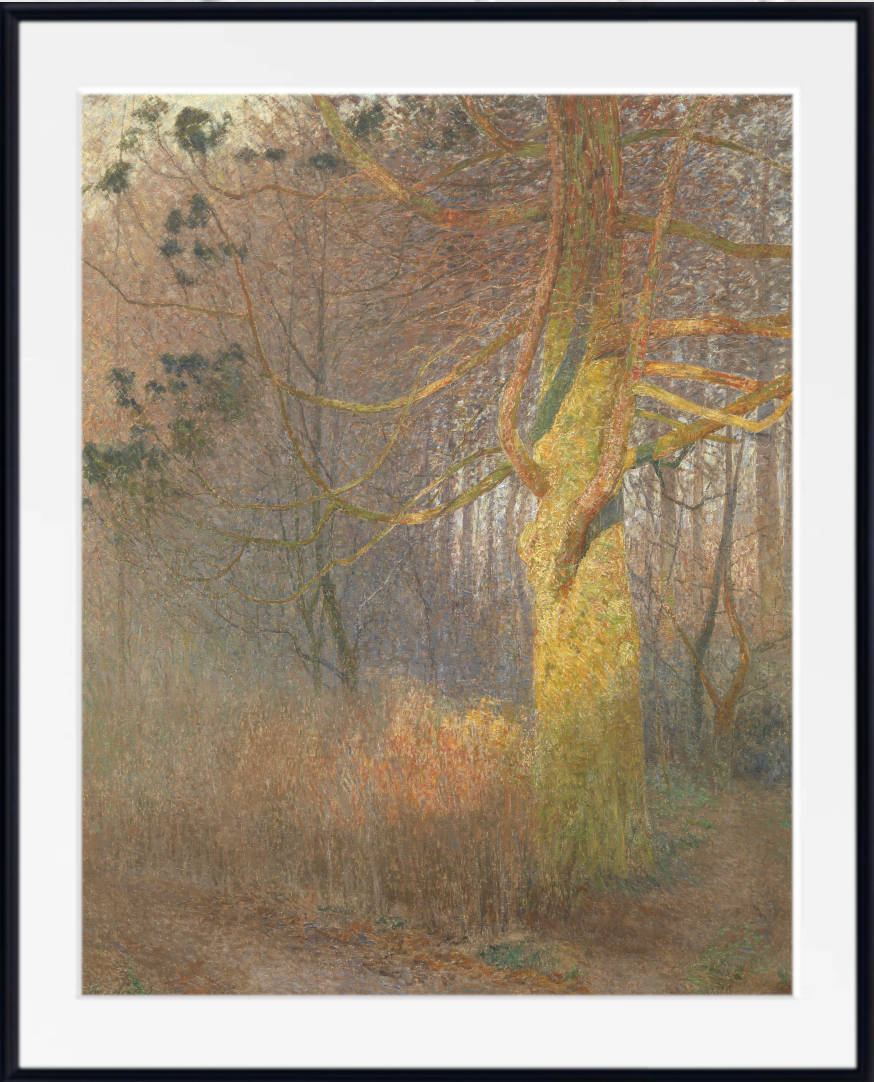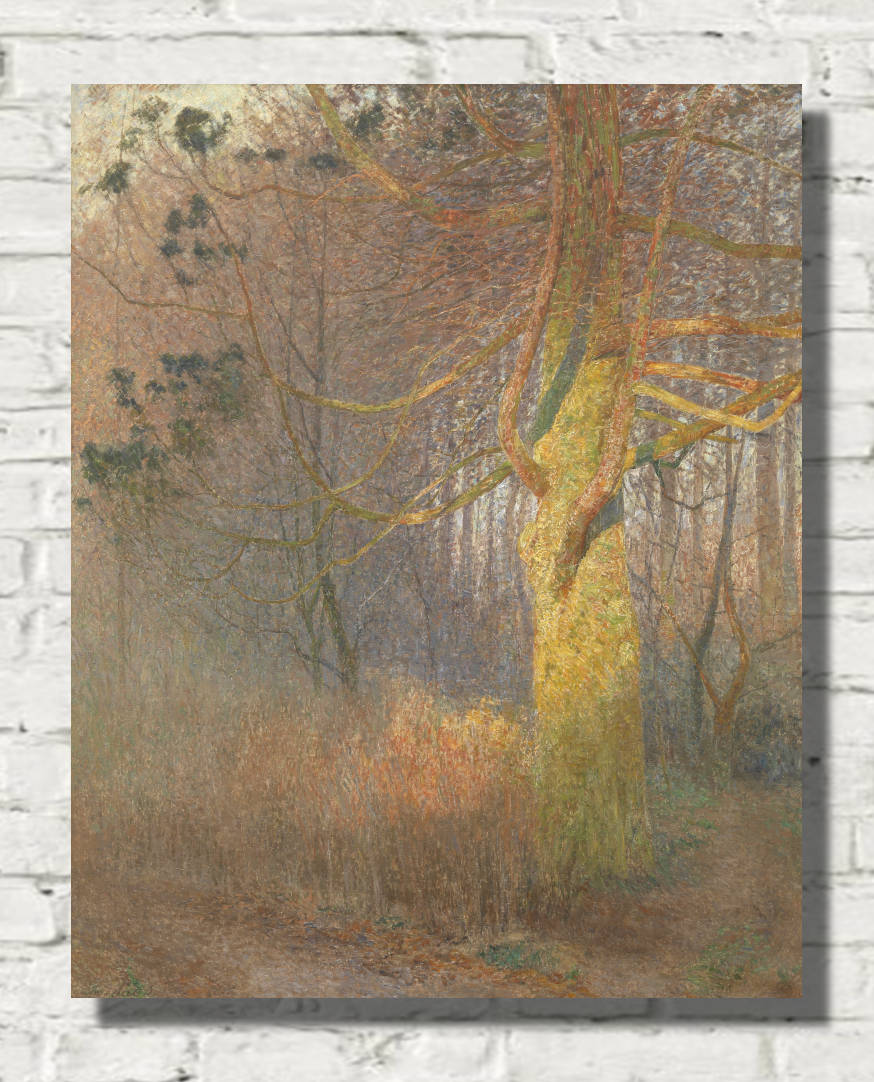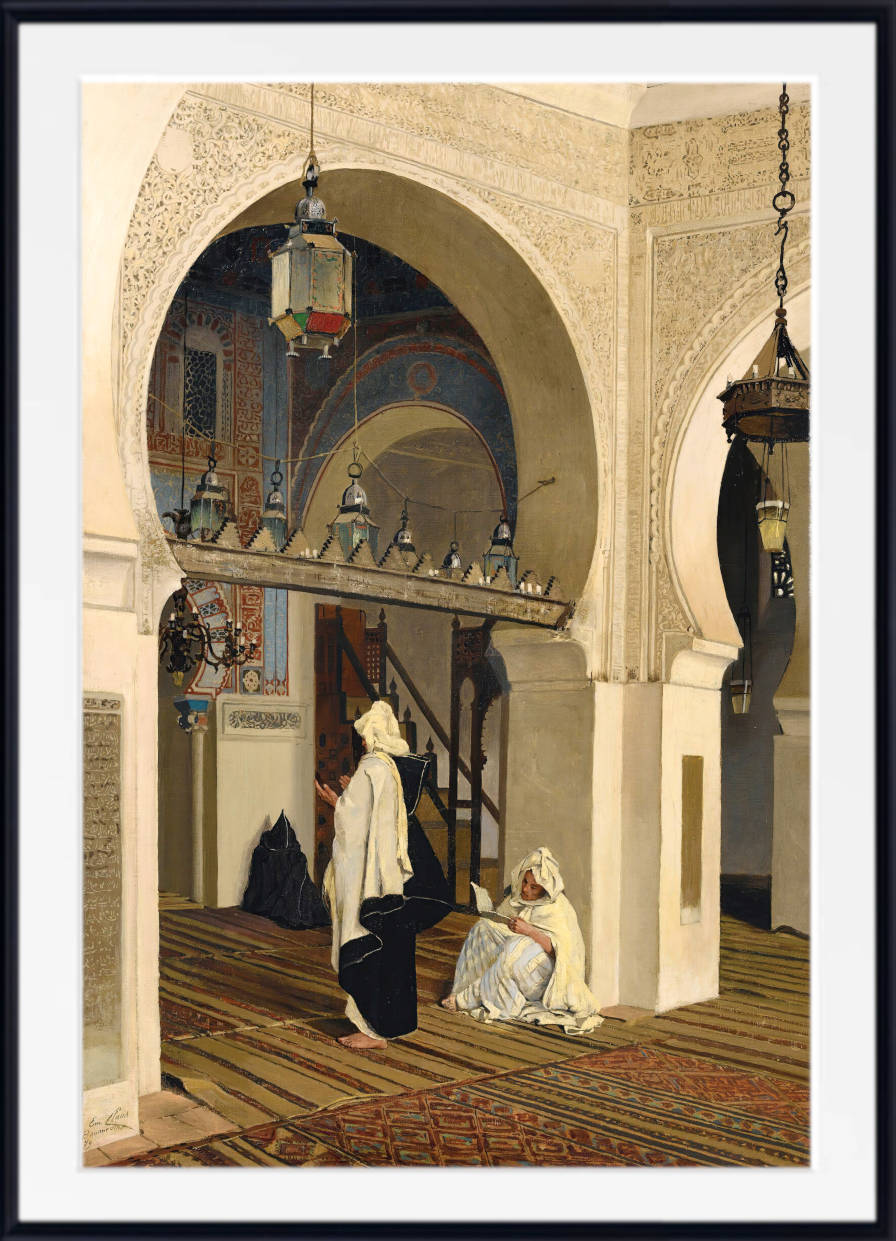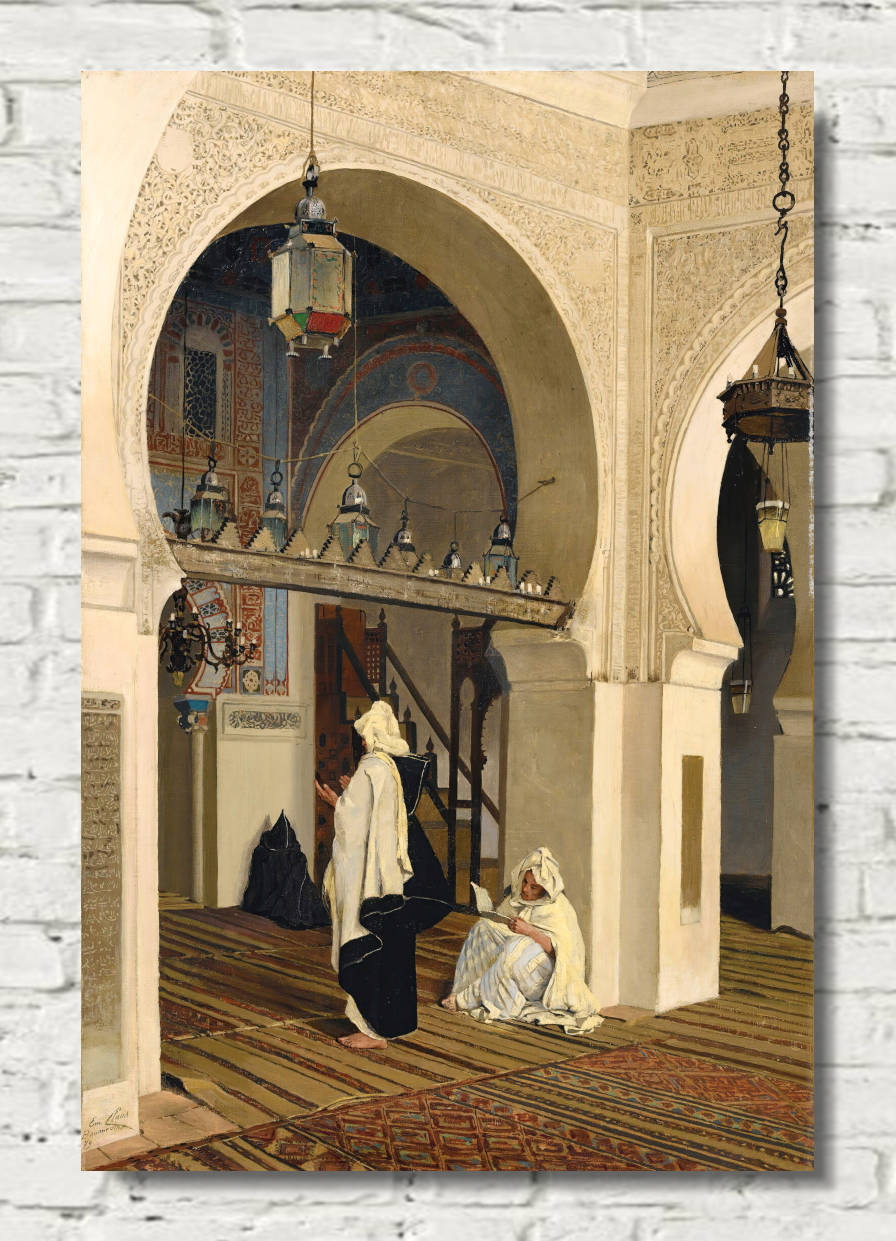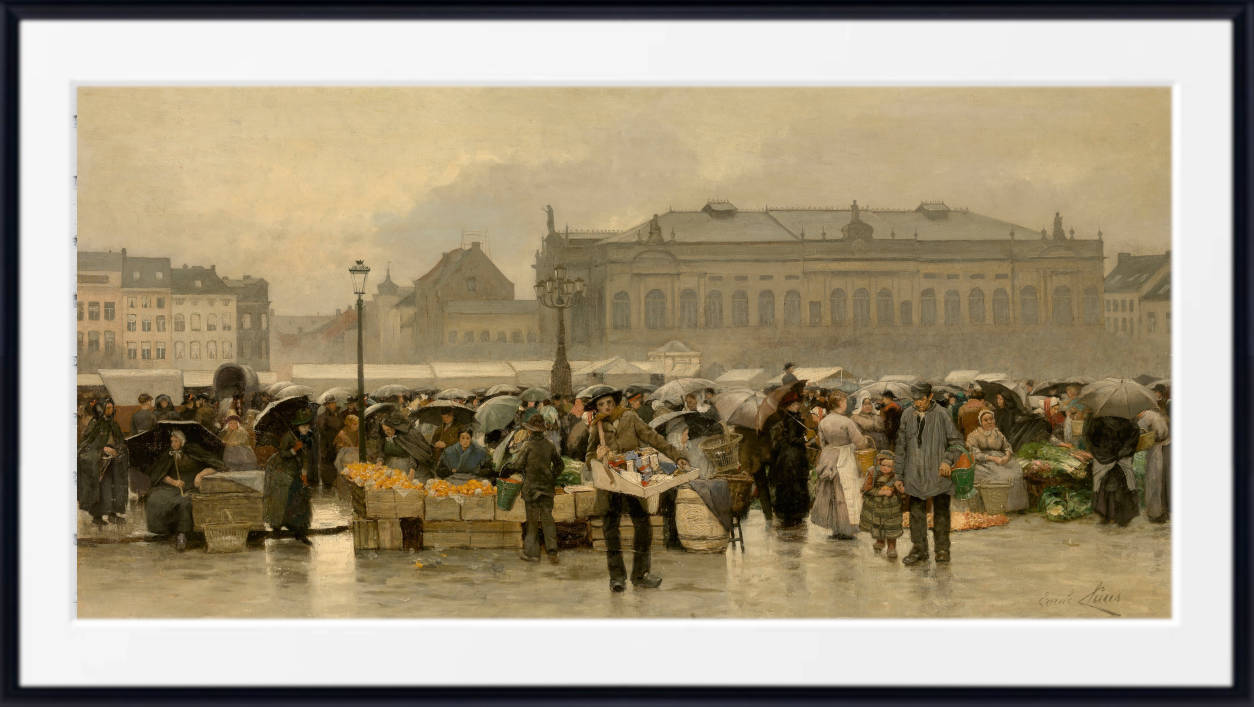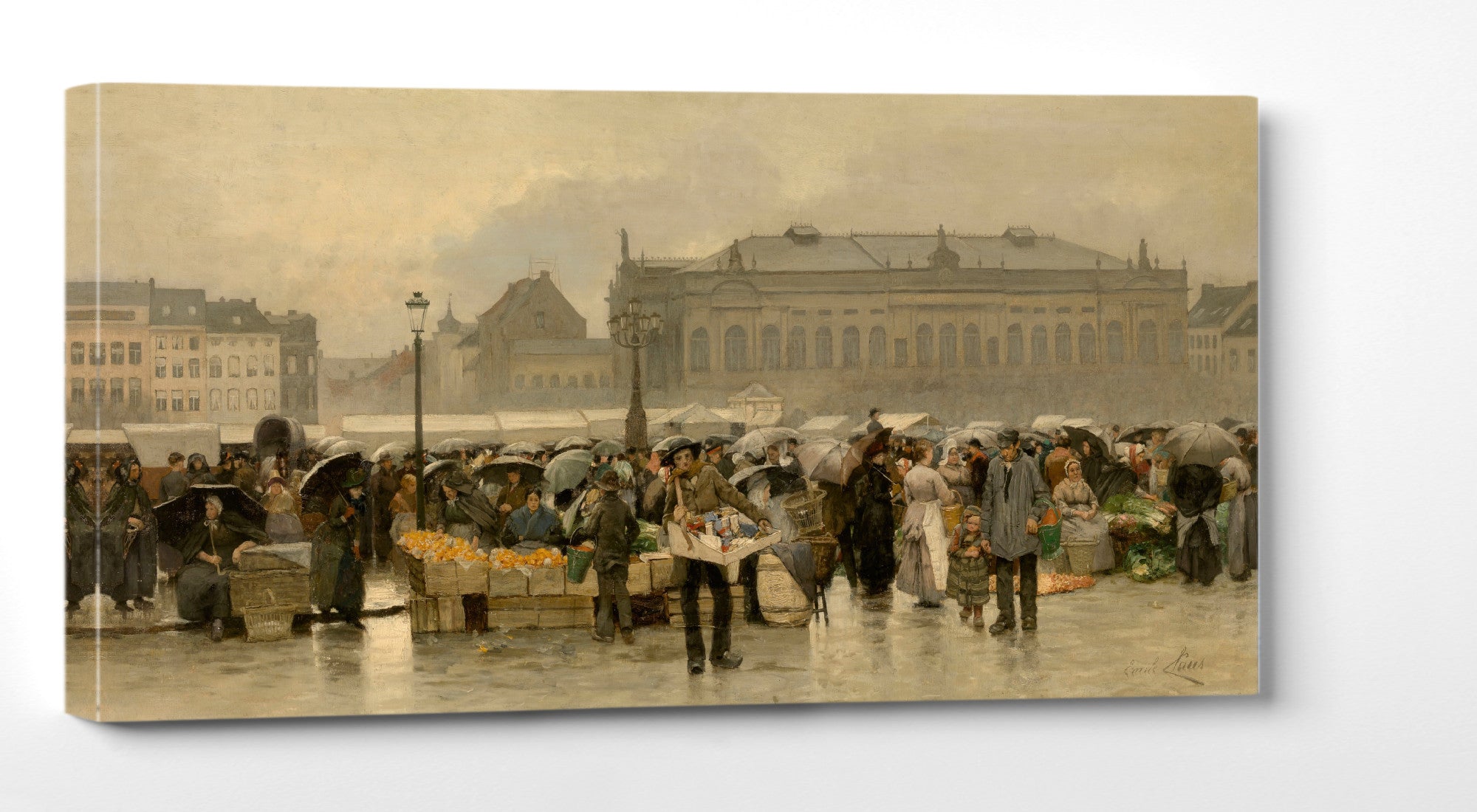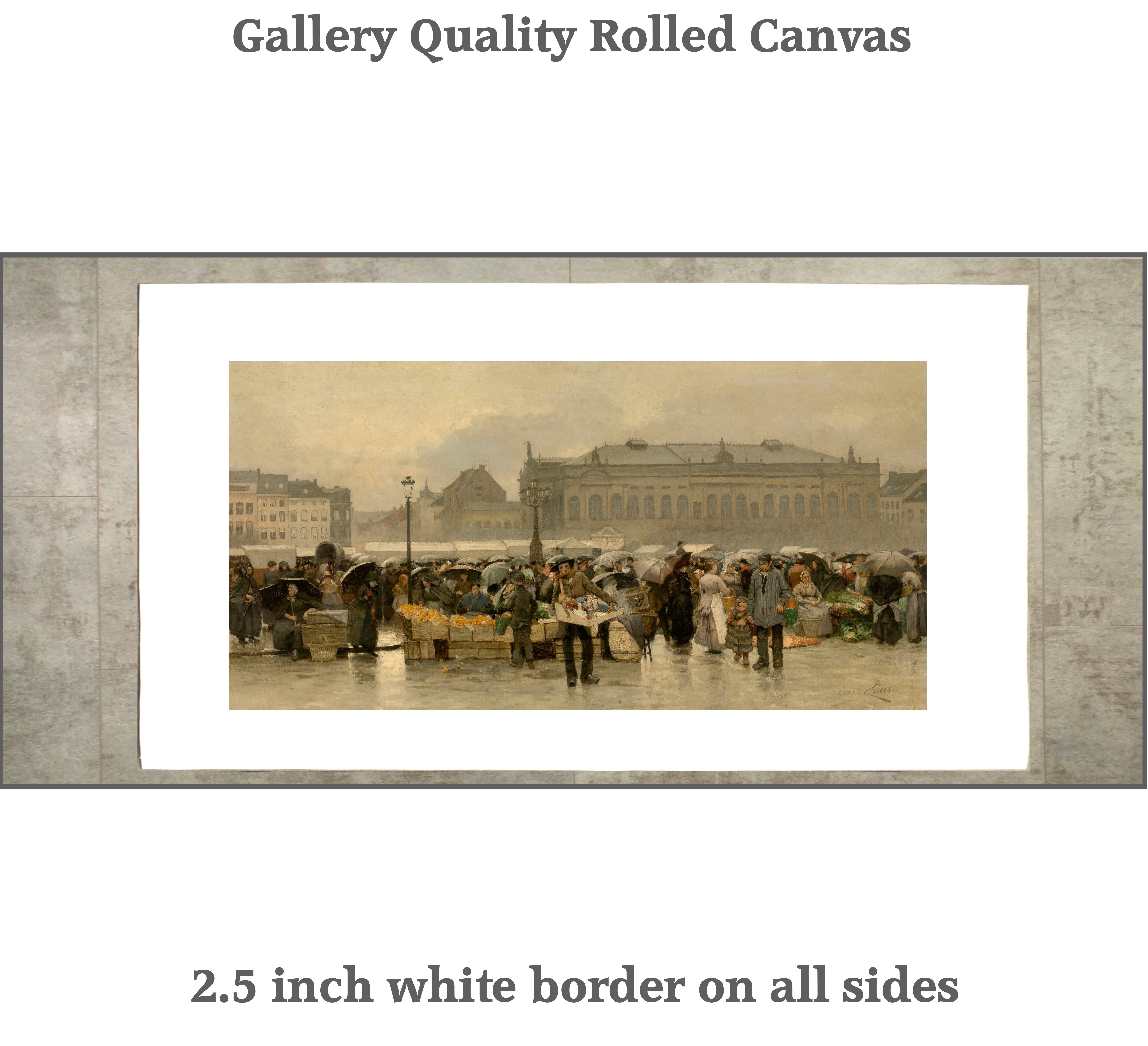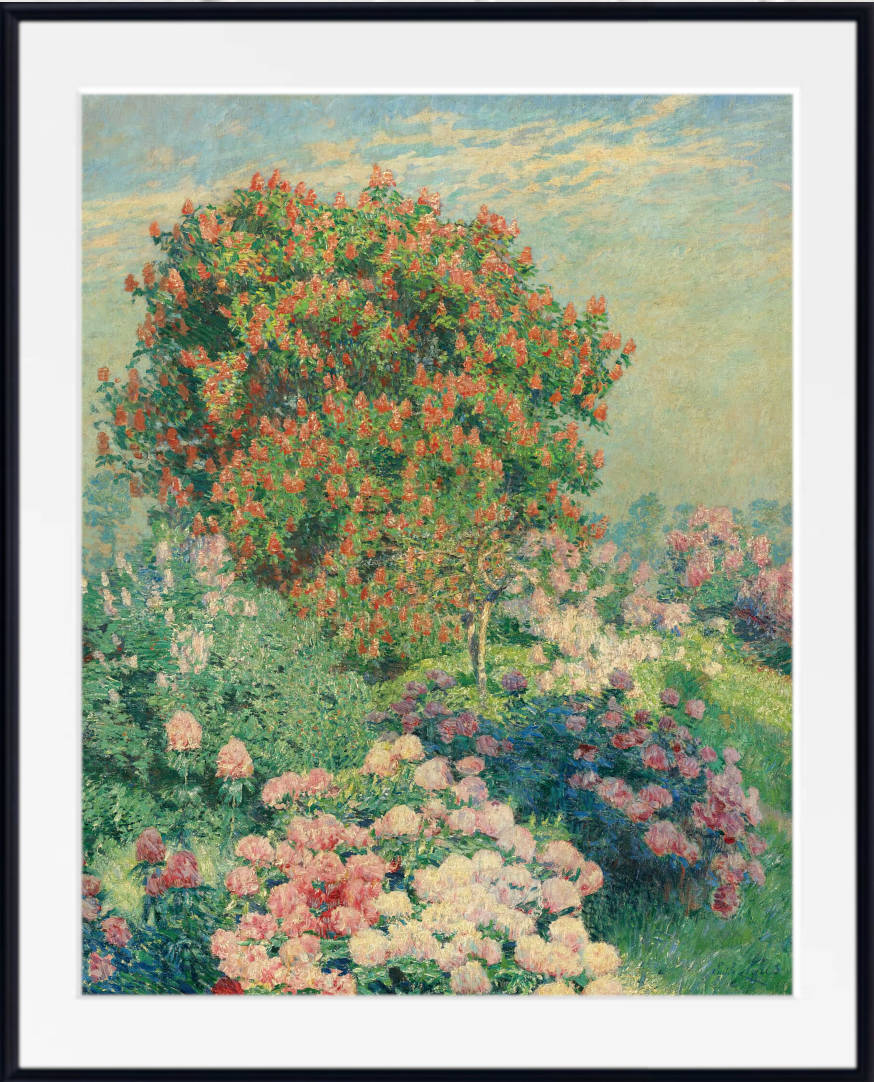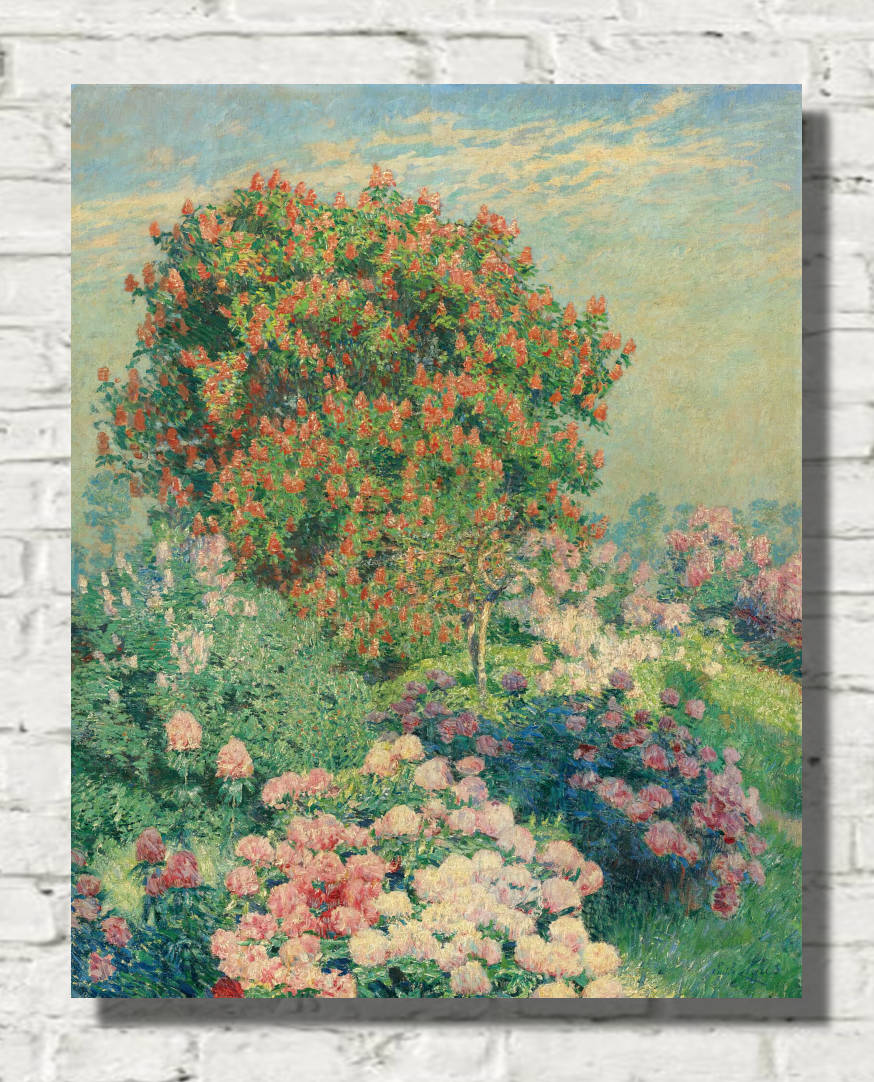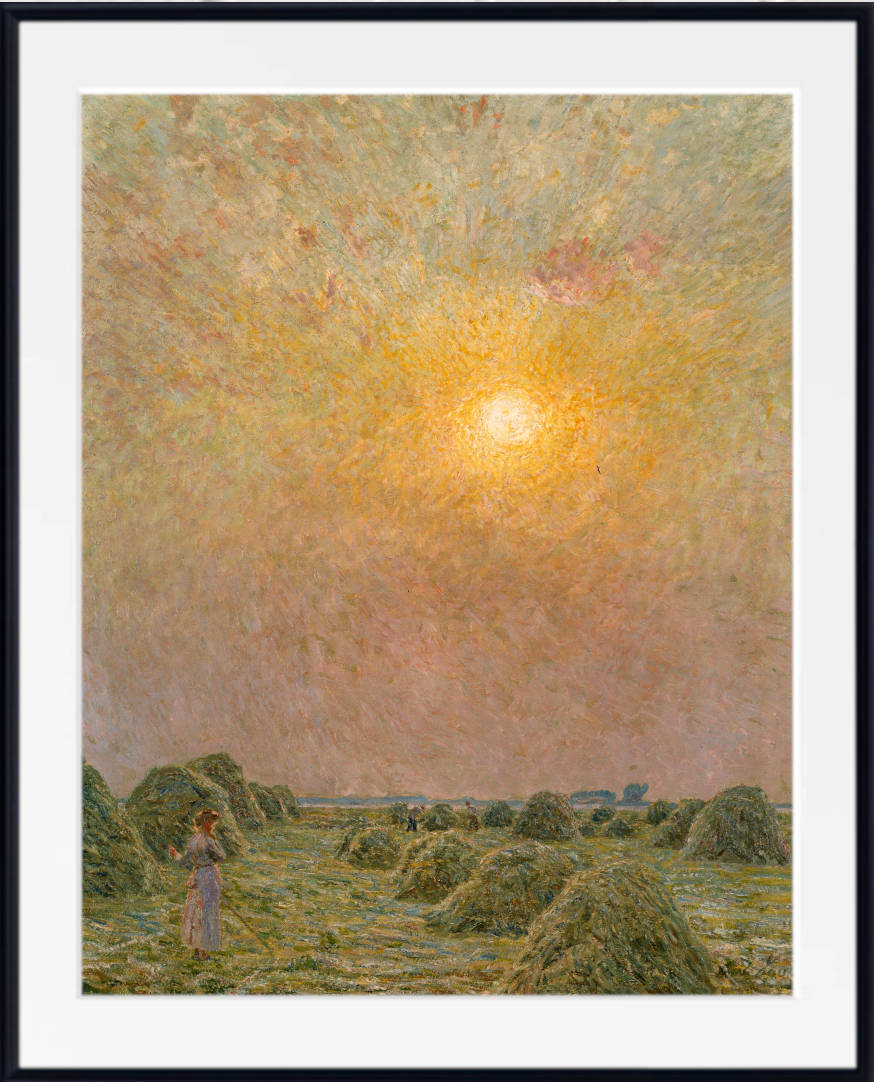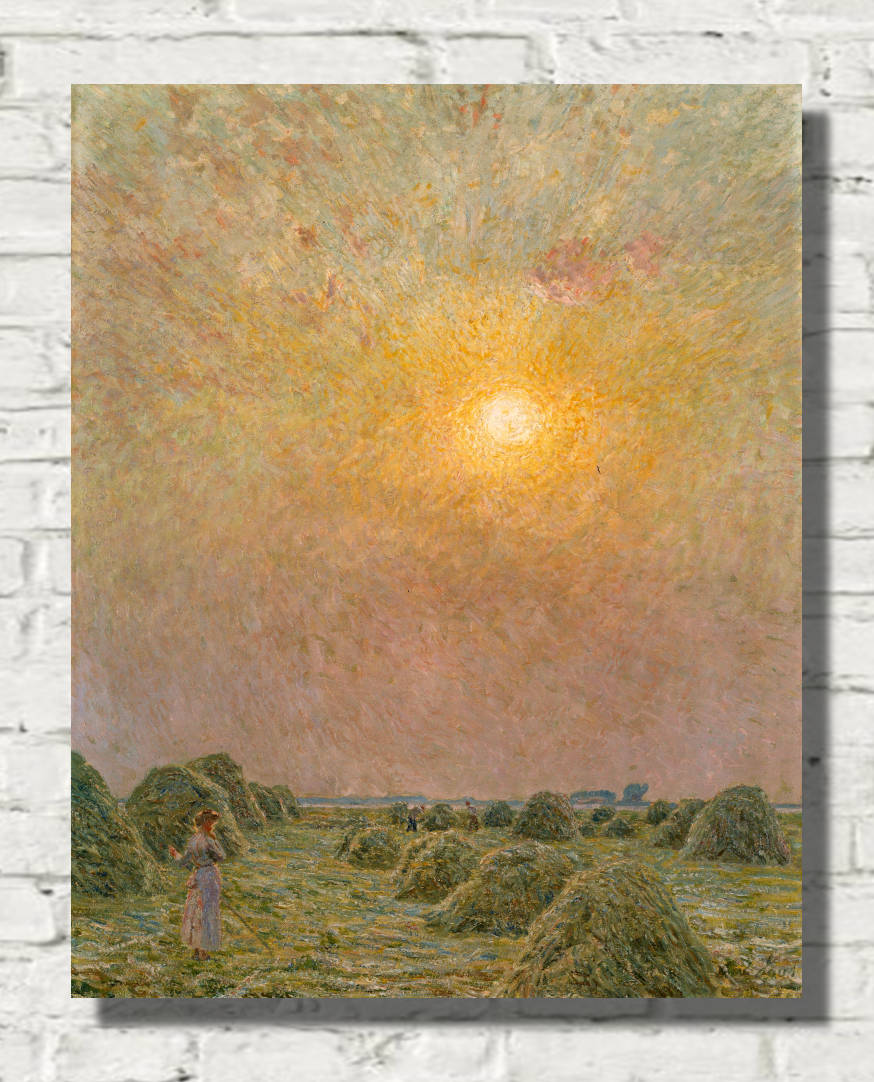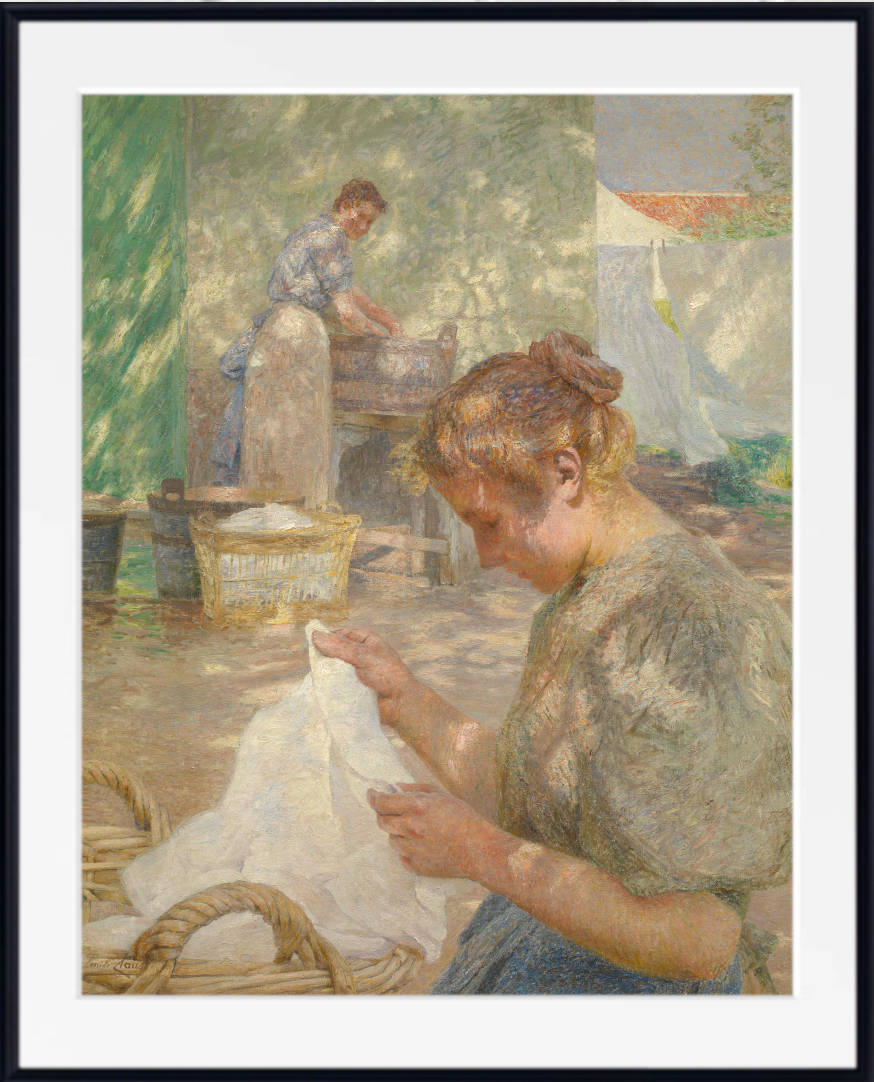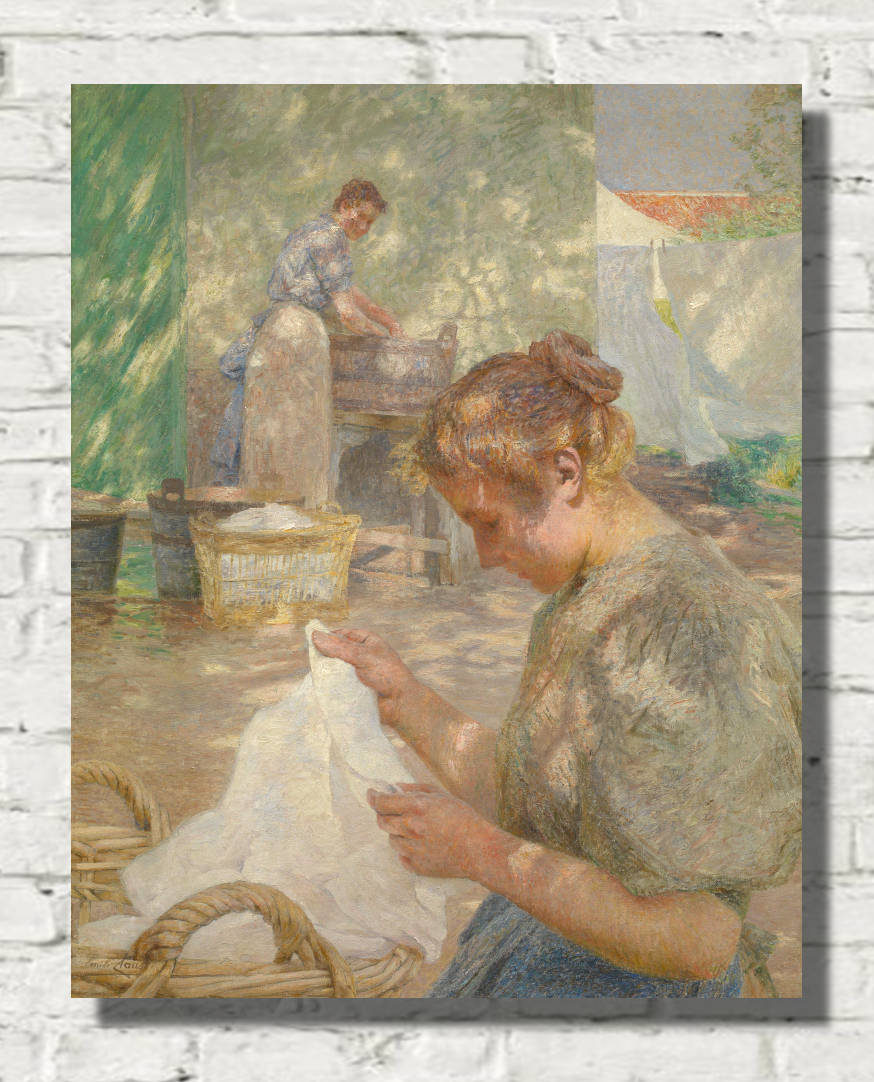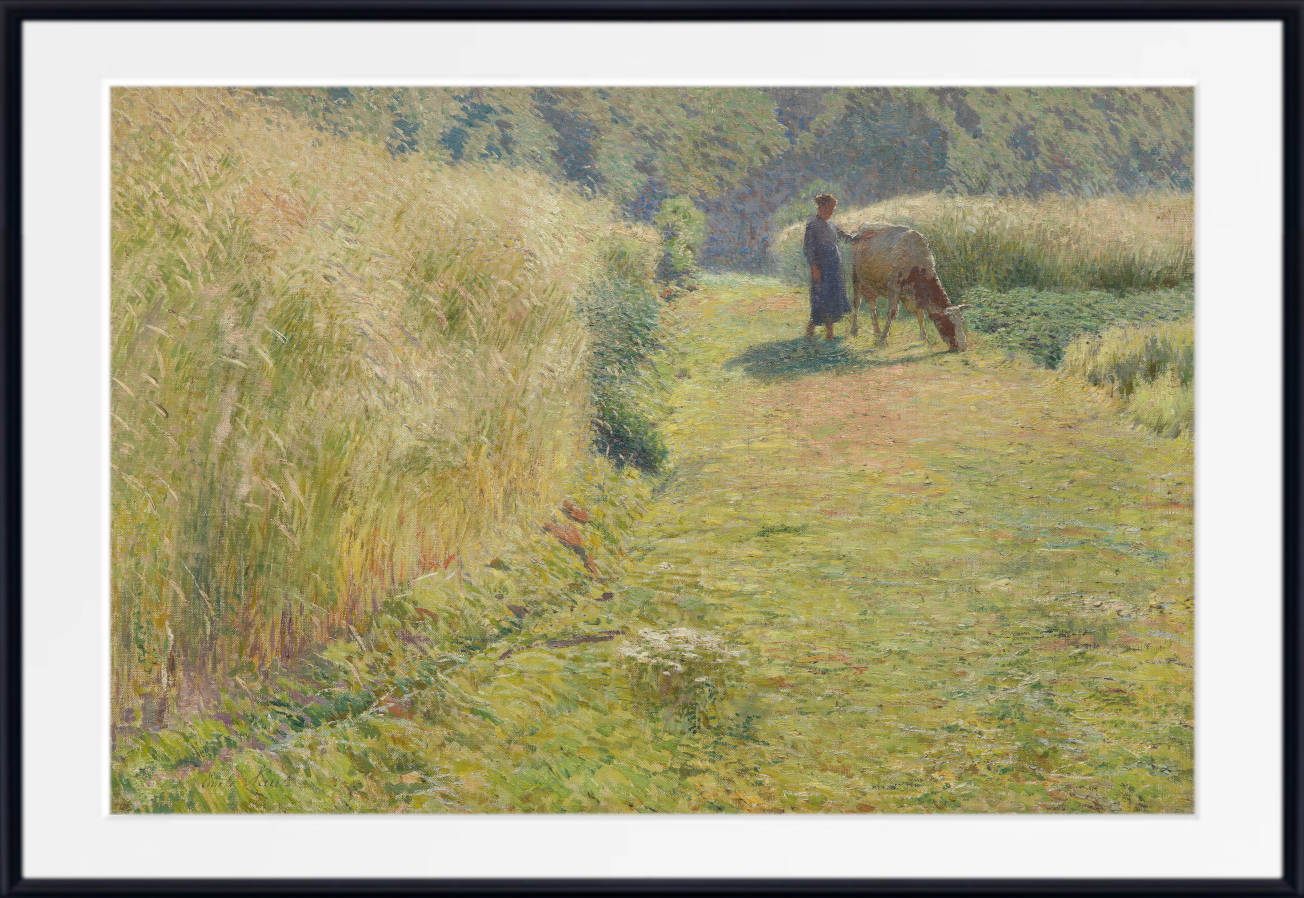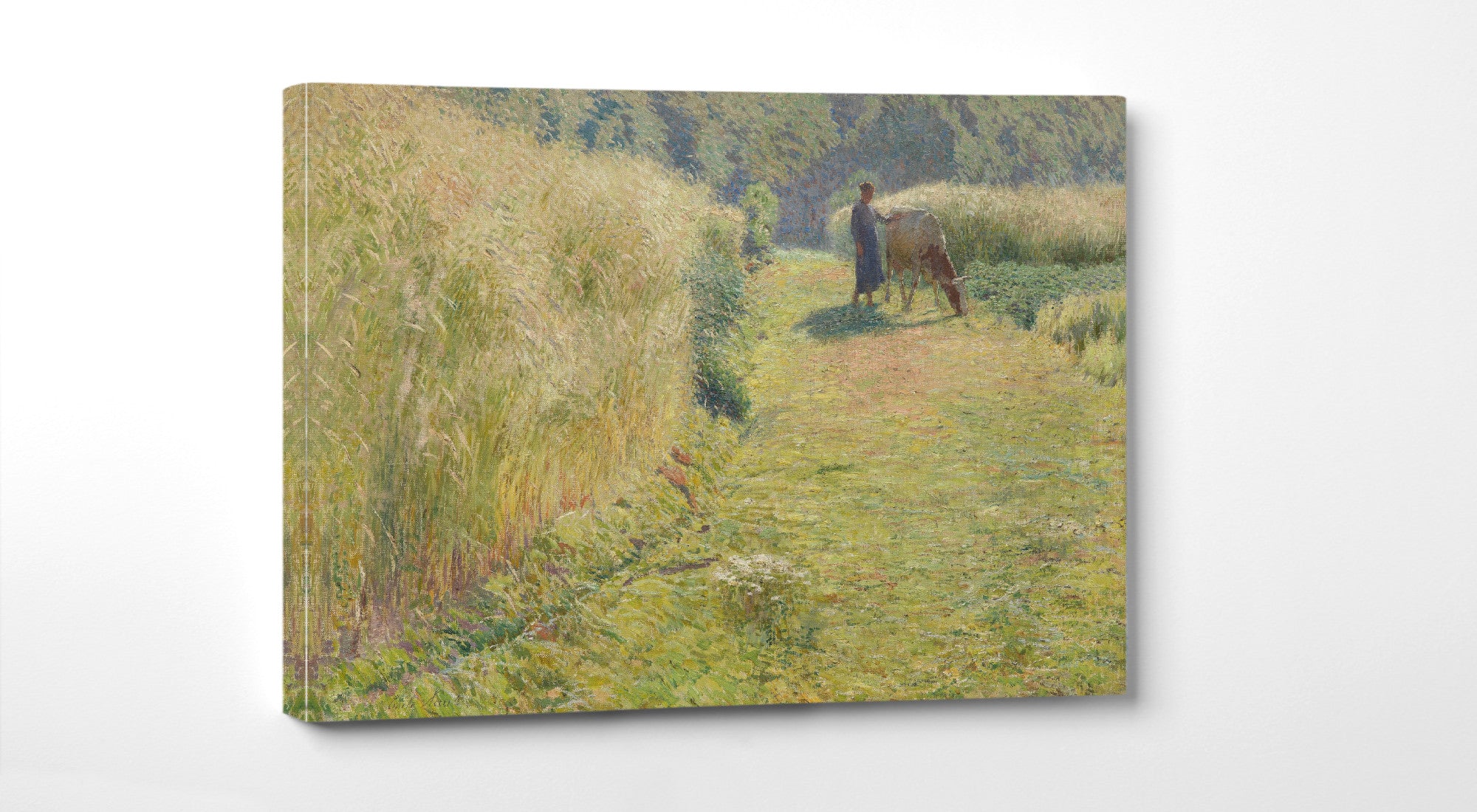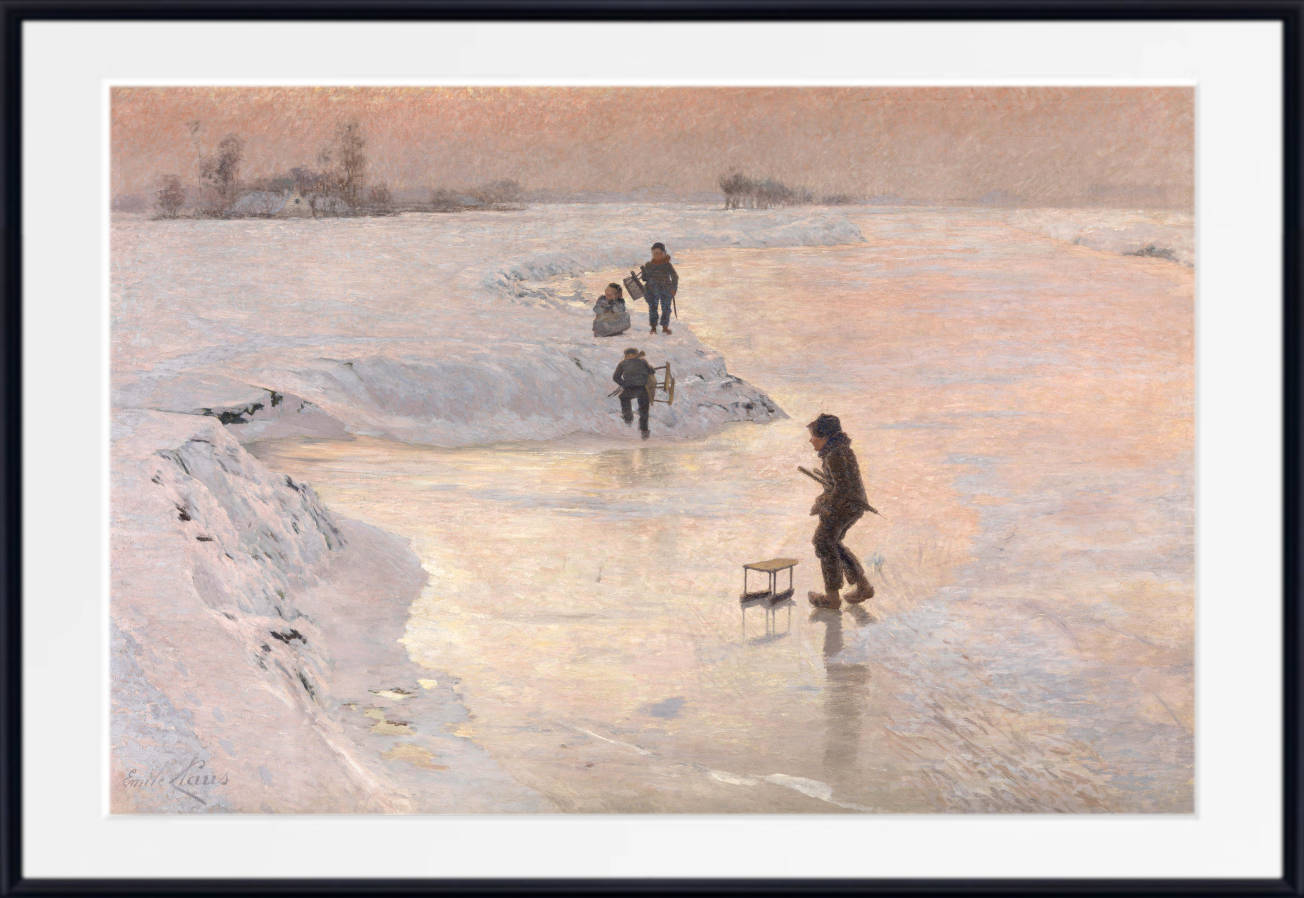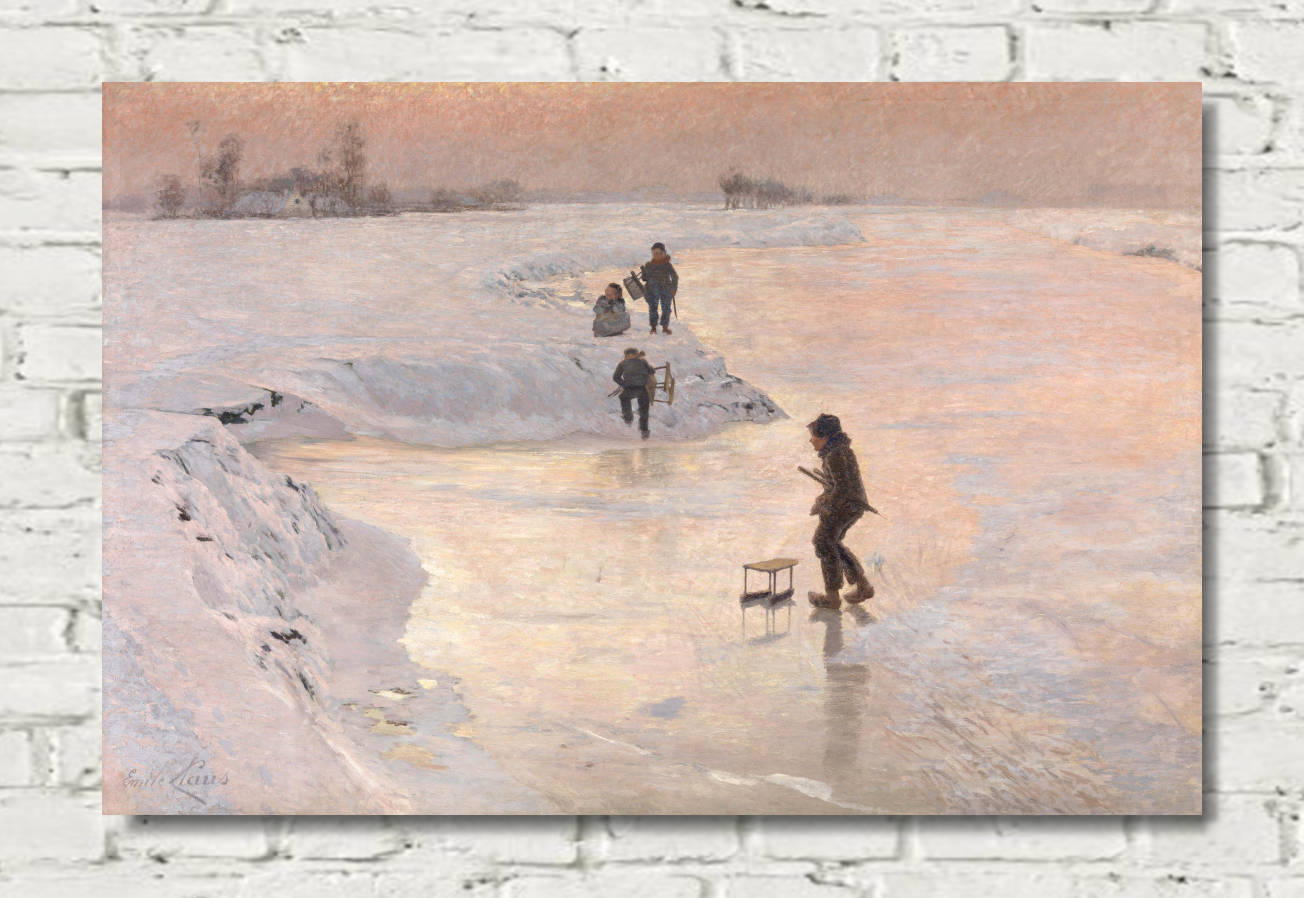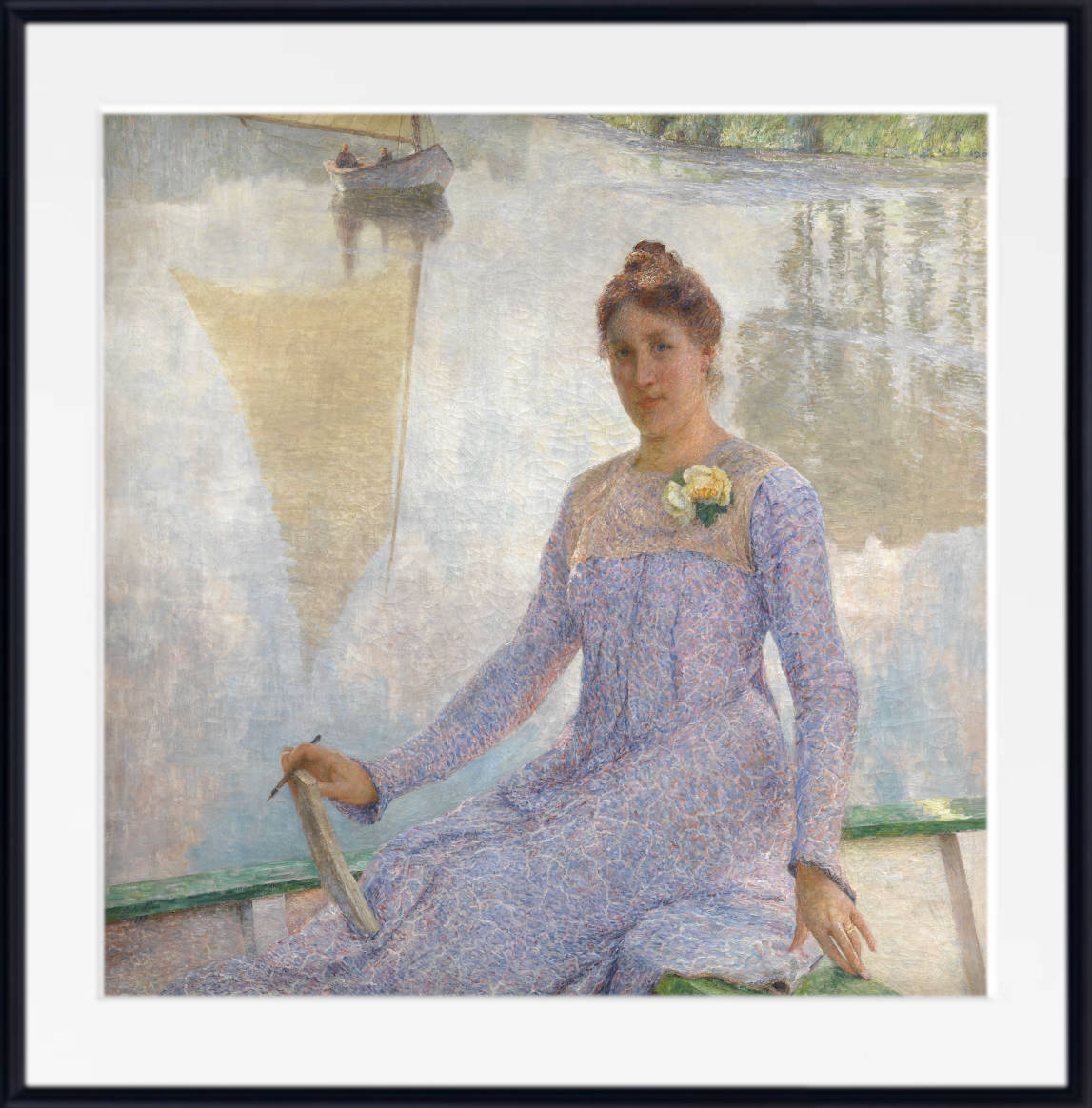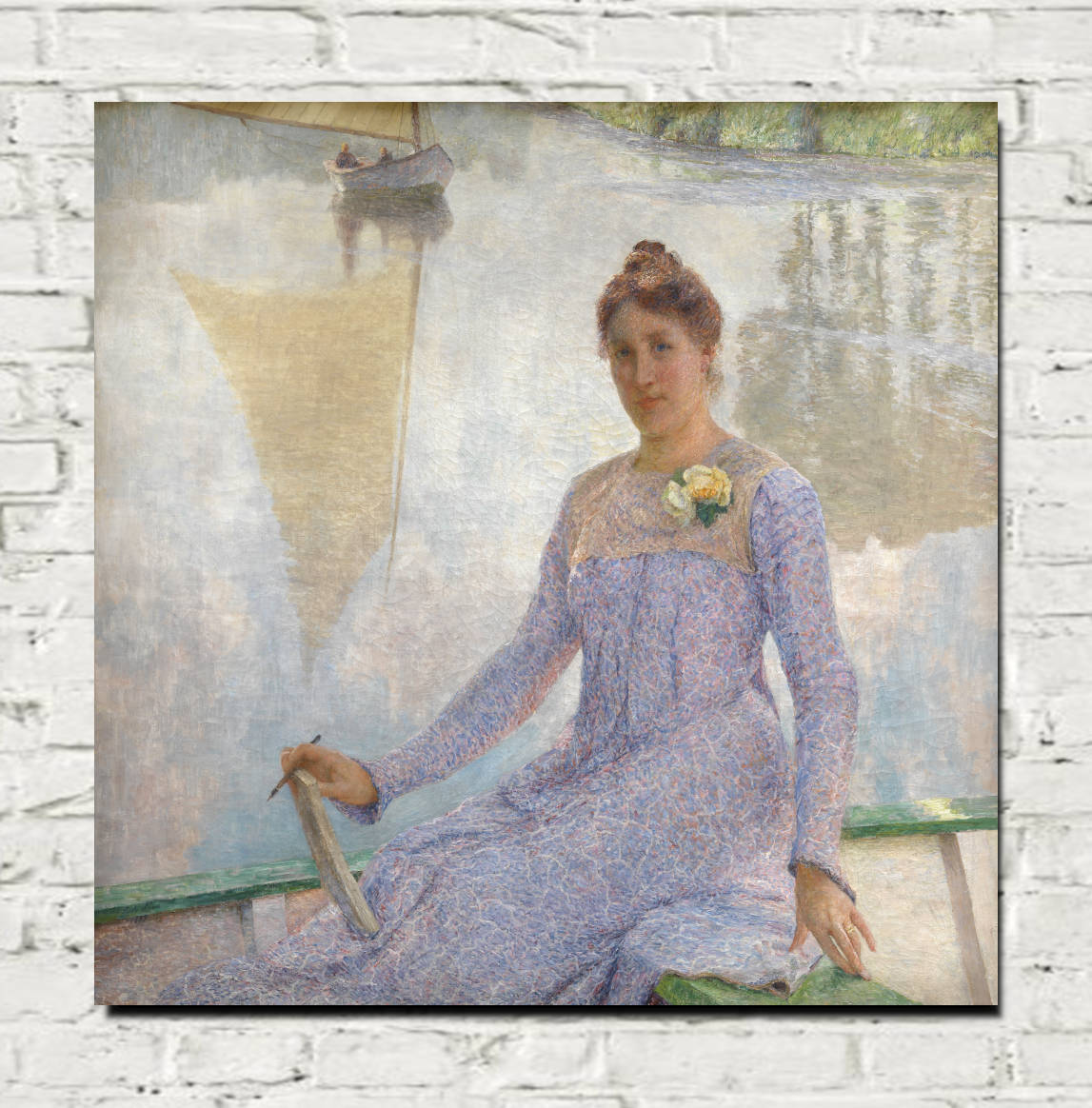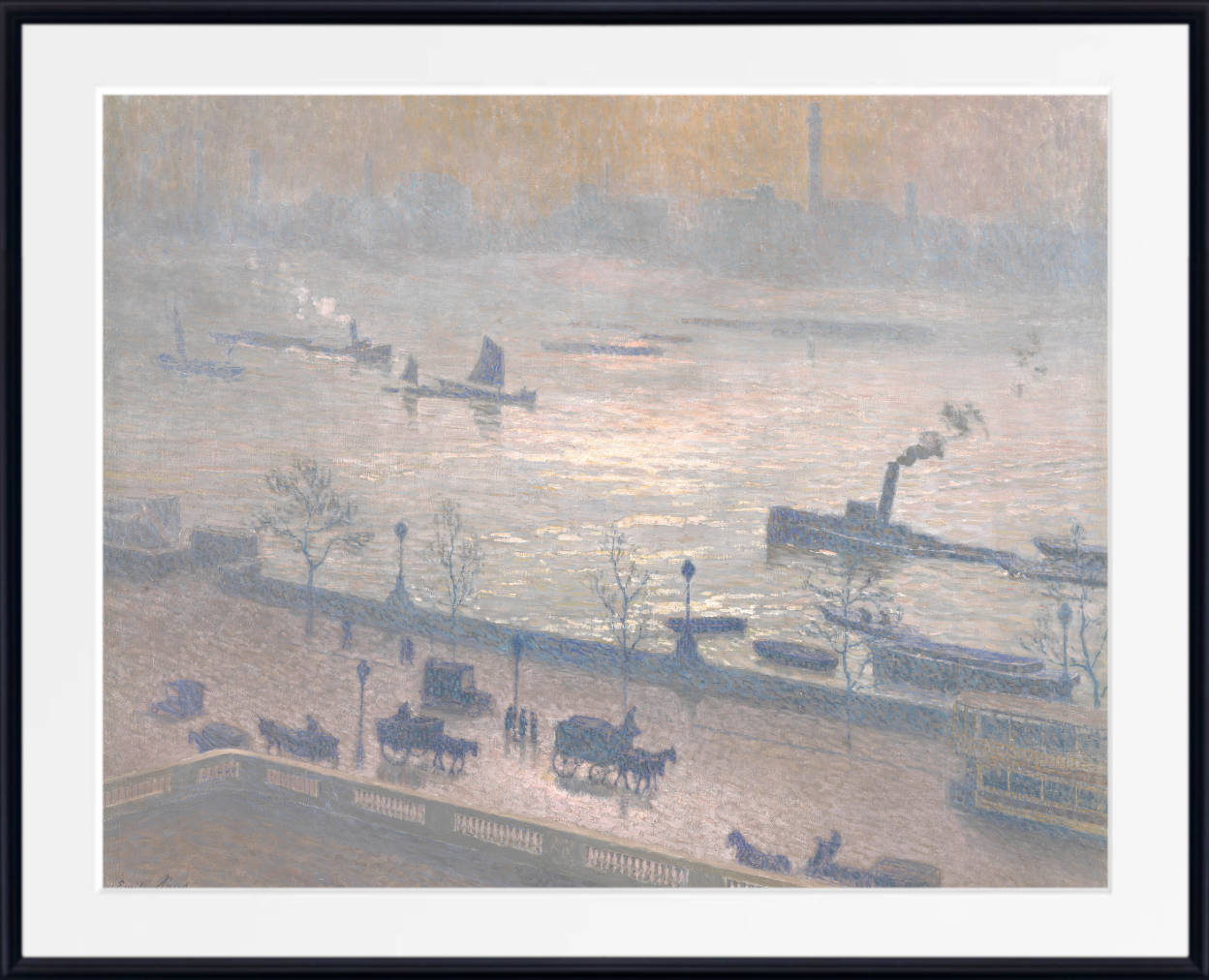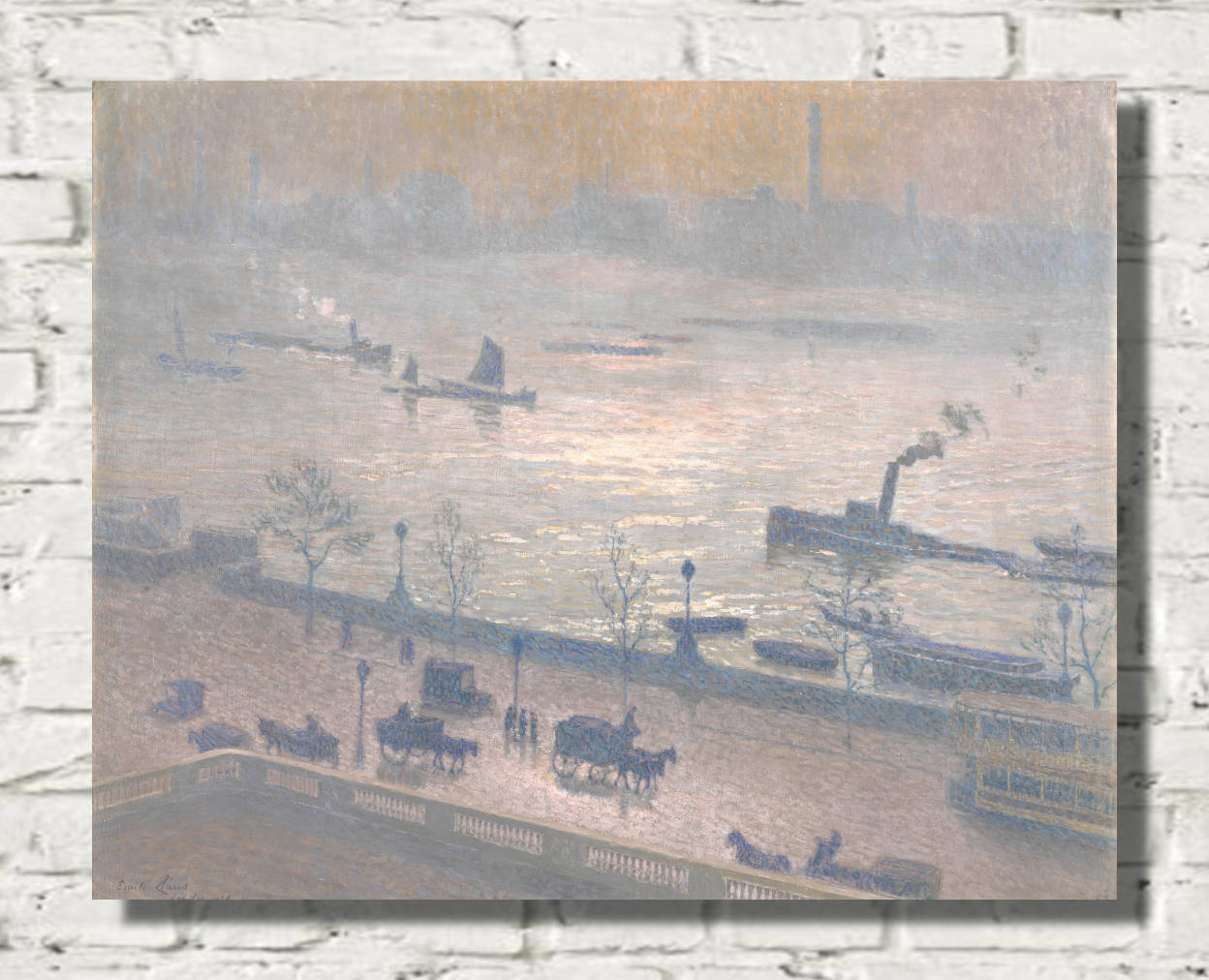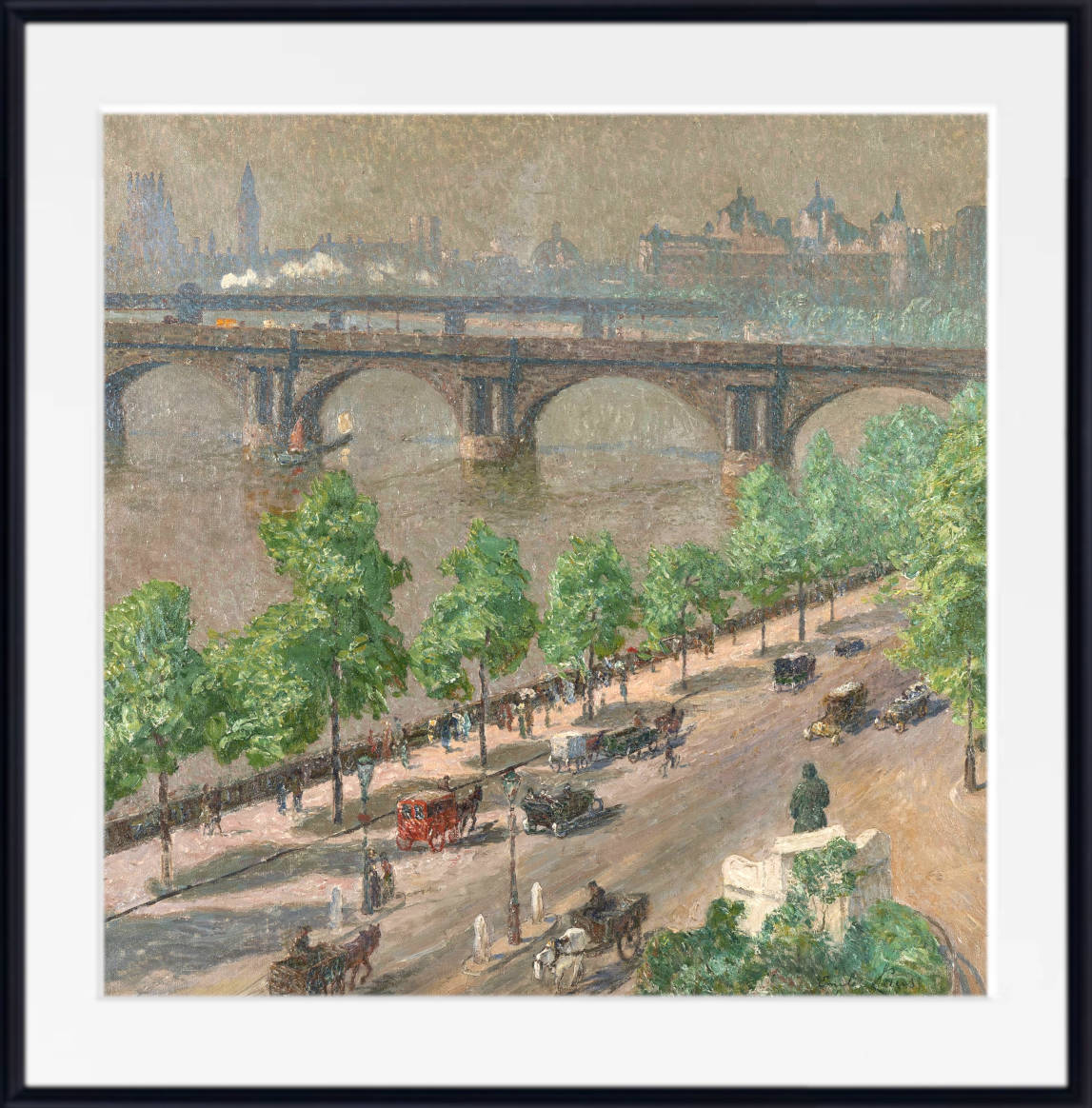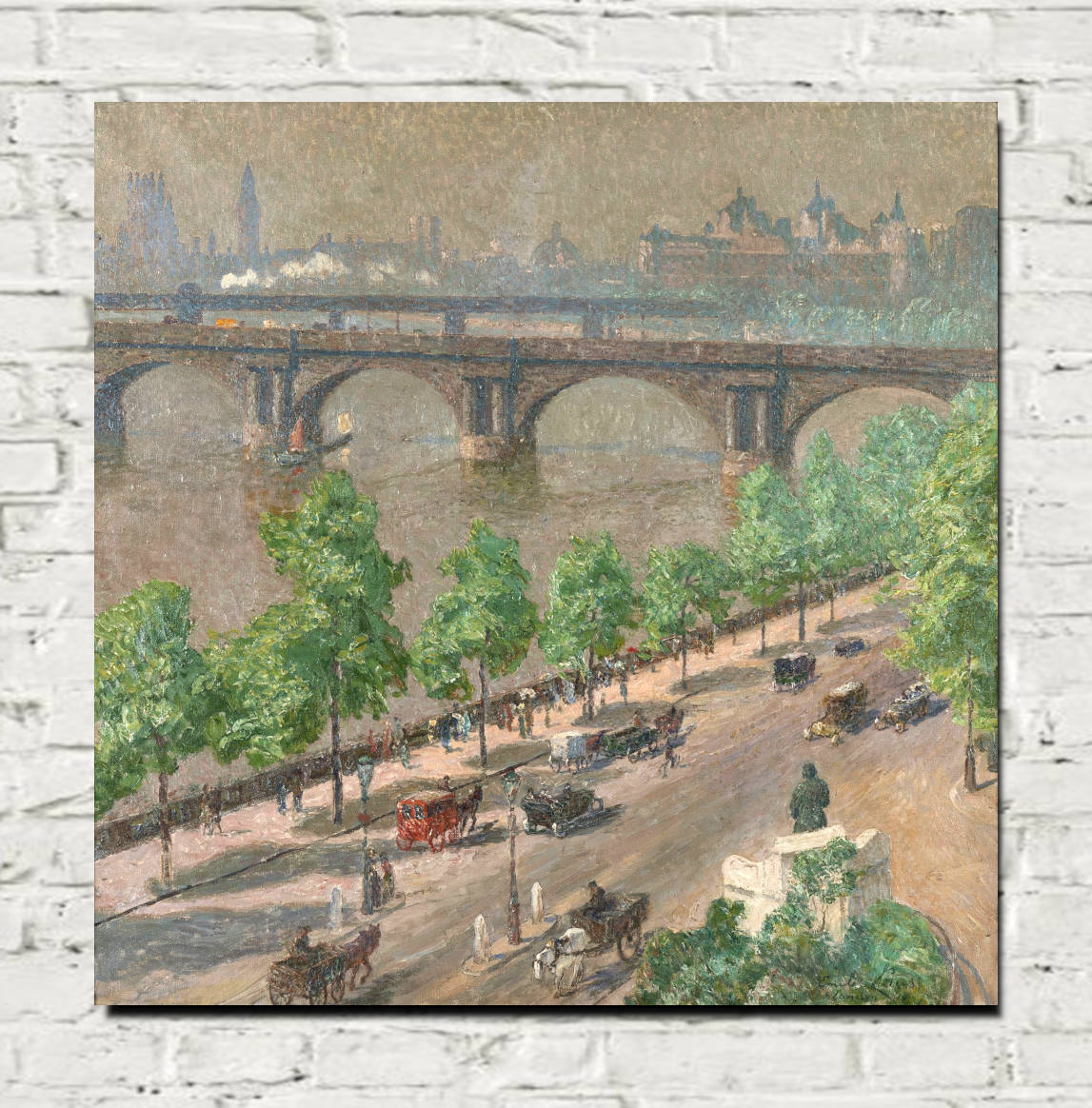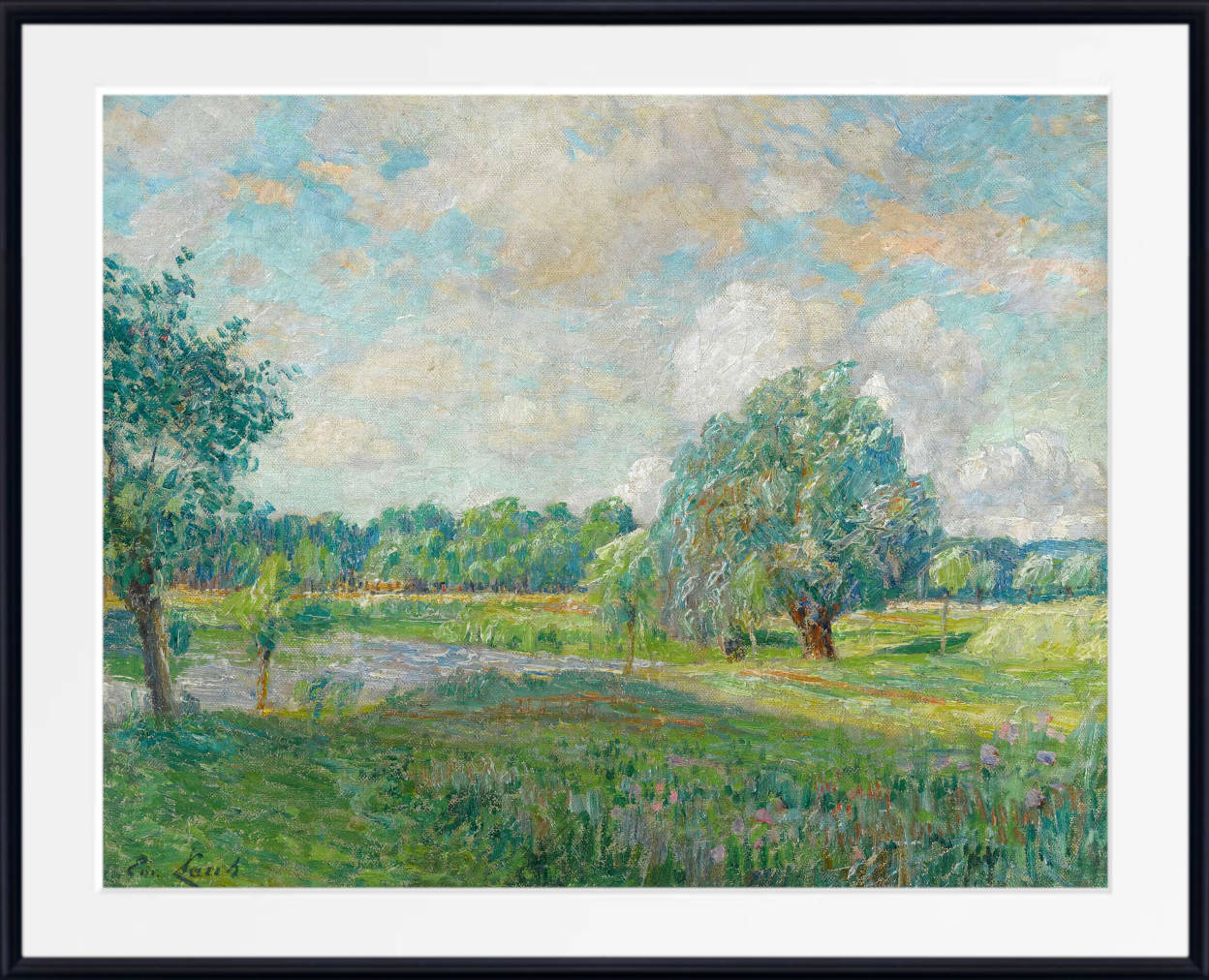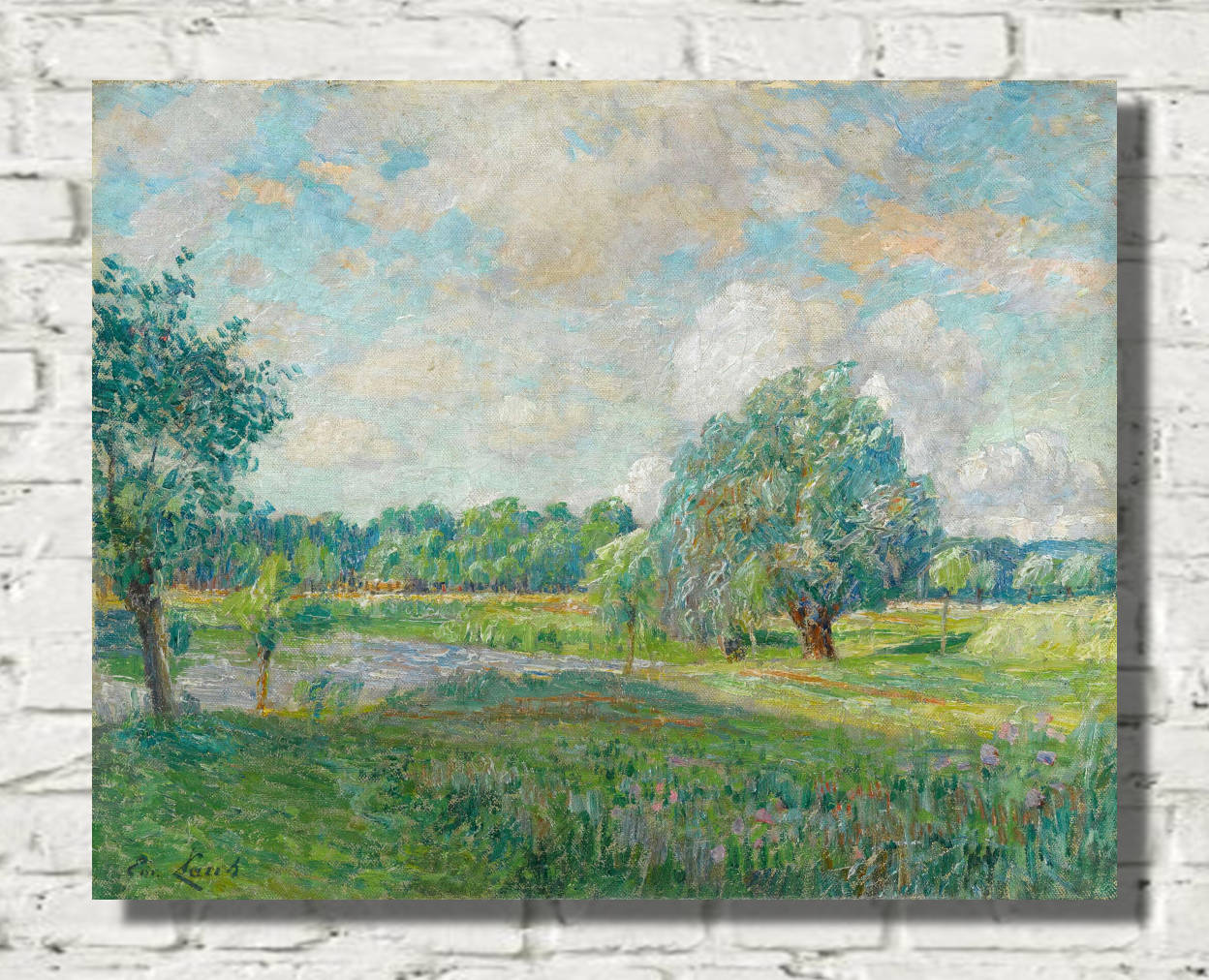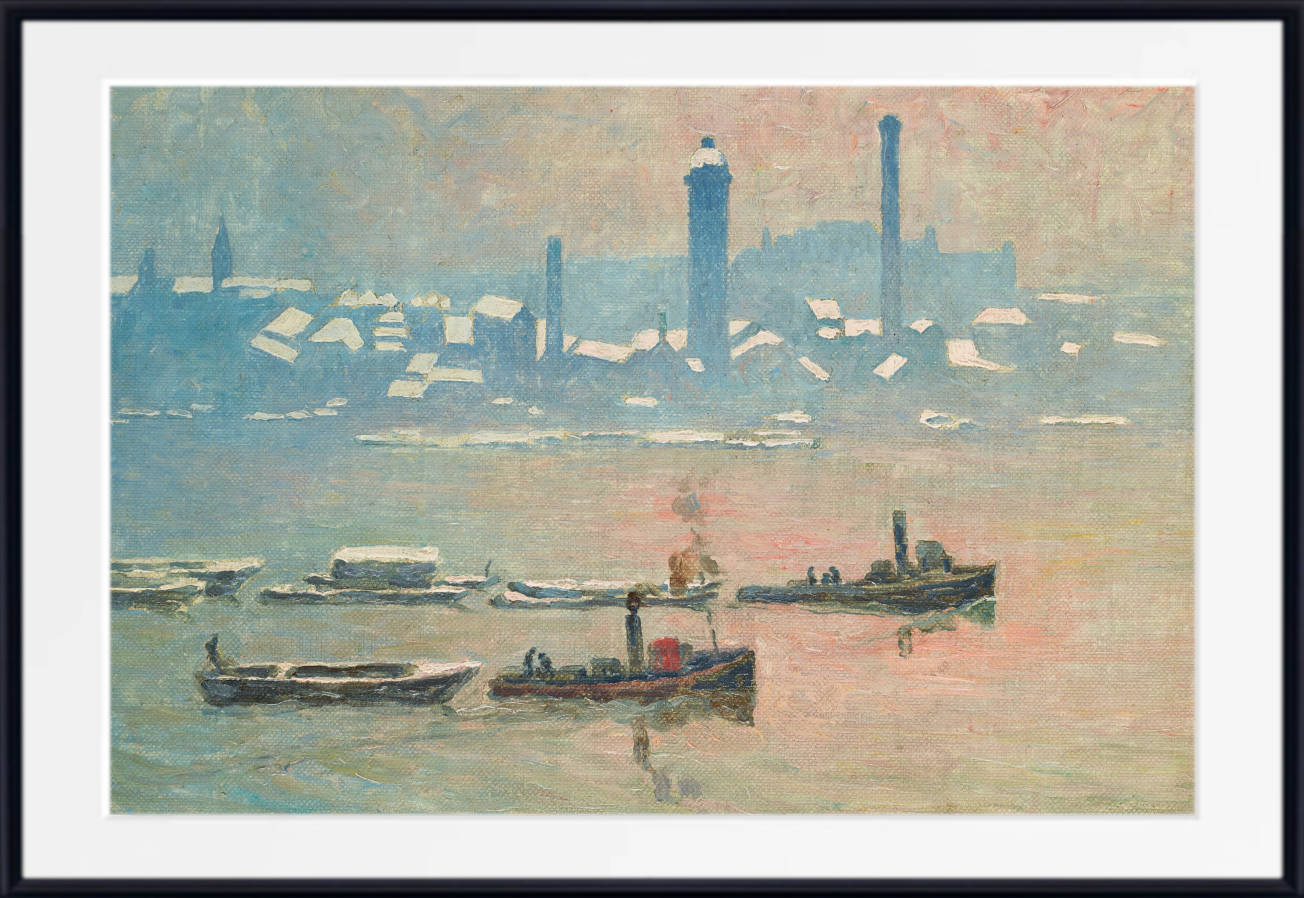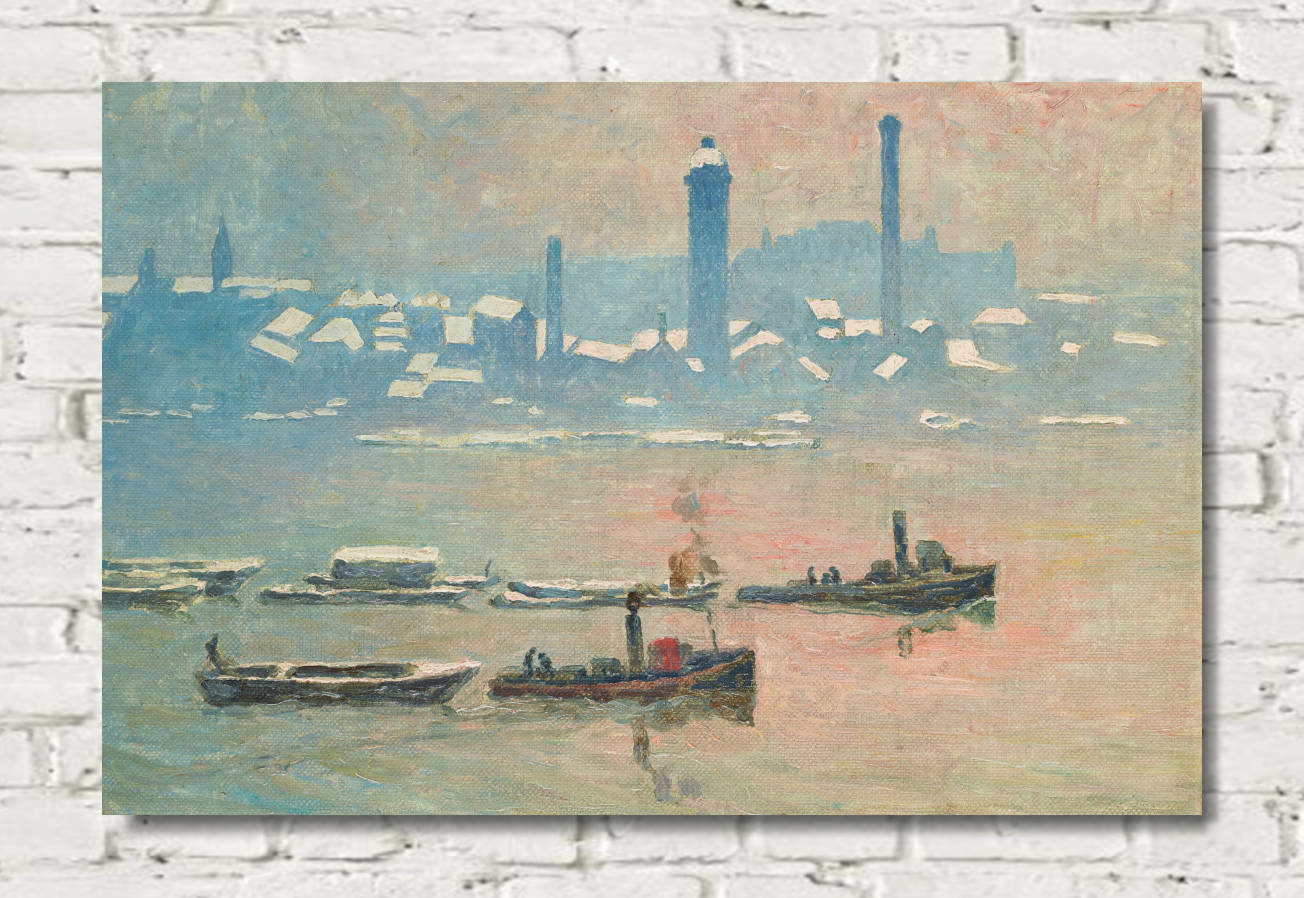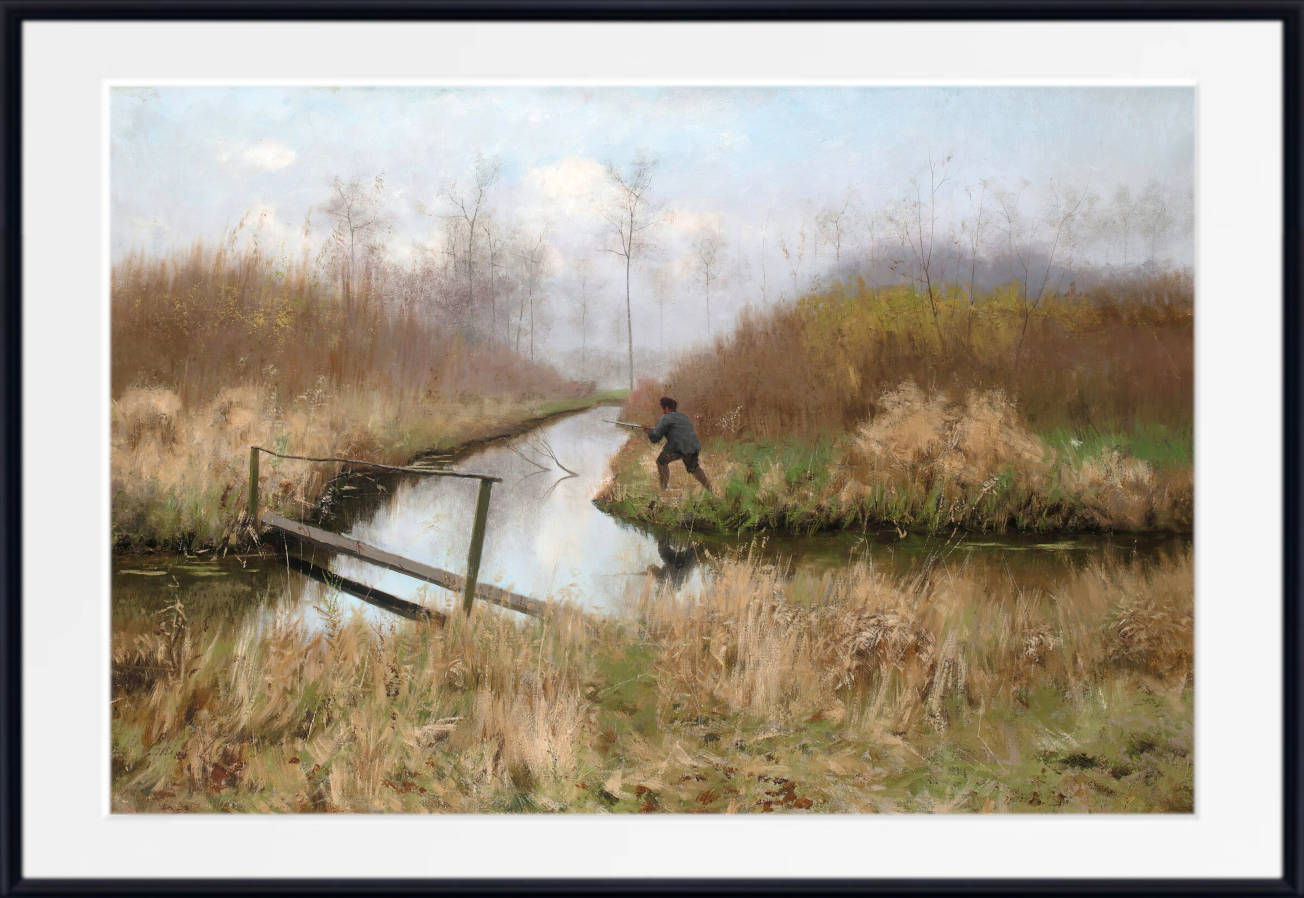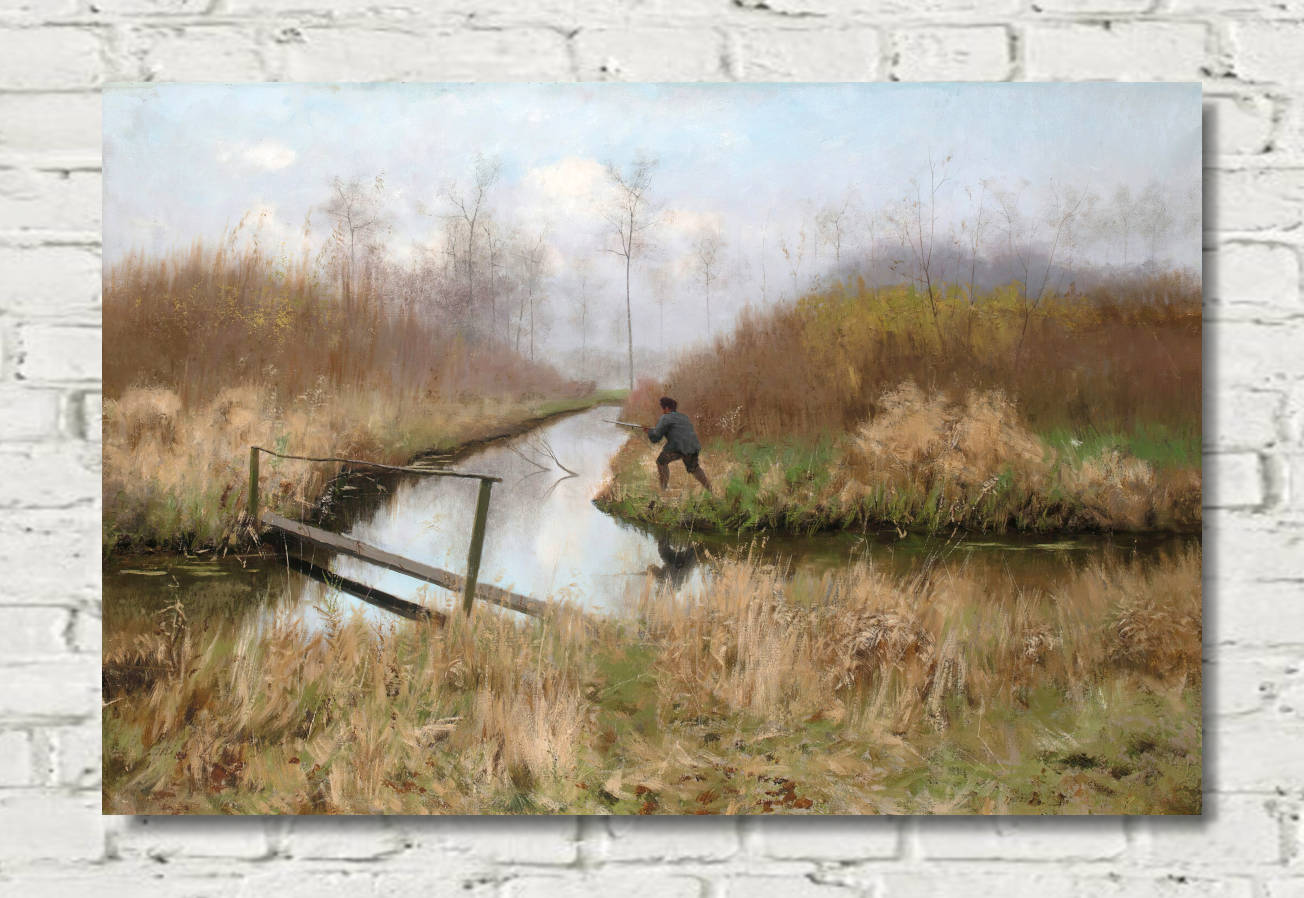Table of Contents:[hide]
Emile Claus (1849-1924) was a seminal Belgian painter renowned for his vibrant depictions of rural life and his pivotal role in the Luminism movement—a Belgian extension of Impressionism. His masterful use of light and color captured the essence of the Flemish countryside, making his works a visual feast for art enthusiasts.
Famous Paintings of Emile Claus
| Painting | Year | Description |
|---|---|---|
| Skaters | 1891 | A dynamic winter scene portraying ice skaters gliding across a frozen river, exemplifying Claus's ability to capture movement and the crisp, cool quality of natural light. |
| Morning Reflection on the Thames in London | 1918 | A delicate rendering of the Thames at dawn, showcasing Claus's mastery in portraying the ethereal interplay of light and water in the urban landscape. |
| Flaxweeding in Flanders | 1887 | Depicting laborers tending to flax fields, this early work highlights Claus's roots in Realism while hinting at his later embrace of luminous color palettes. |
| Waterloo Bridge, London | N/A | This painting captures the iconic bridge enveloped in atmospheric light, showcasing Claus's ability to blend urban elements with impressionistic techniques. |
| Mist, Steam and Smoke on the Thames | 1916 | A mesmerizing depiction of London's industrial and natural elements merging in an atmospheric haze, underscoring Claus's skill in painting shifting light conditions. |
Early Life and Artistic Development
Born in Sint-Eloois-Vijve, Belgium, Claus demonstrated an early passion for art. He honed his skills at the Academy of Fine Arts in Antwerp, where he was influenced by the Realist movement. His initial works predominantly featured realistic portrayals of rural scenes, reflecting the daily lives of Flemish peasants.
Transition to Luminism
In the late 19th century, Claus's exposure to Impressionism, particularly the works of Claude Monet, inspired a transformation in his artistic approach. He became a leading figure in Luminism, characterized by a keen interest in capturing the transient effects of light. This movement, while sharing similarities with French Impressionism, is distinguished by its unique emphasis on the interplay of light and atmosphere.
Notable Works
-
"Skaters" (1891): A dynamic winter scene portraying ice skaters gliding across a frozen river, this work exemplifies Claus's ability to capture movement and the crisp, cool quality of natural light reflecting off the ice.

-
"Morning Reflection on the Thames in London" (1918): A delicate rendering of the Thames at dawn, this painting showcases Claus's mastery in portraying the ethereal interplay of light and water in the urban landscape.

-
"Flaxweeding in Flanders" (1887): Depicting laborers tending to flax fields, this early work highlights Claus's roots in Realism while hinting at his later embrace of luminous color palettes.

-
"Waterloo Bridge, London": This painting captures the iconic bridge enveloped in atmospheric light, showcasing Claus's ability to blend urban elements with impressionistic techniques.

-
"Mist, Steam and Smoke on the Thames" (1916): A mesmerizing depiction of London's industrial and natural elements merging in an atmospheric haze, this piece underscores Claus's skill in painting shifting light conditions.

Legacy and Influence
Claus's dedication to capturing the luminosity of the Belgian landscape earned him the moniker "the sun painter." His works not only document the pastoral beauty of Flanders but also influence subsequent generations of artists exploring light and color dynamics. Today, his paintings are celebrated for their technical brilliance and their heartfelt portrayal of rural life.
References
-
De Smet, Johan. Emile Claus and Luminism in Belgium. Ghent: Ludion, 1997.
-
Dujardin, Karel. The Life and Works of Emile Claus. Brussels: Royal Academy of Fine Arts, 2003.
-
Hostyn, Norbert. Emile Claus: Licht en Kleur. Antwerp: Pandora, 2005.
-
Mertens, Luc. Flemish Impressionism: The Influence of Emile Claus. Leuven: Peeters Publishers, 2010.
-
Van der Linden, Paul. The Luminist Movement in Belgium and the Role of Emile Claus. Bruges: Snoeck, 2012.
-
Exhibition Catalogue: Emile Claus Retrospective. Brussels: Musées Royaux des Beaux-Arts de Belgique, 1996.
-
Van Hecke, Raymond. The Artistic Legacy of Emile Claus. Ghent: Museum of Fine Arts, 2001.

